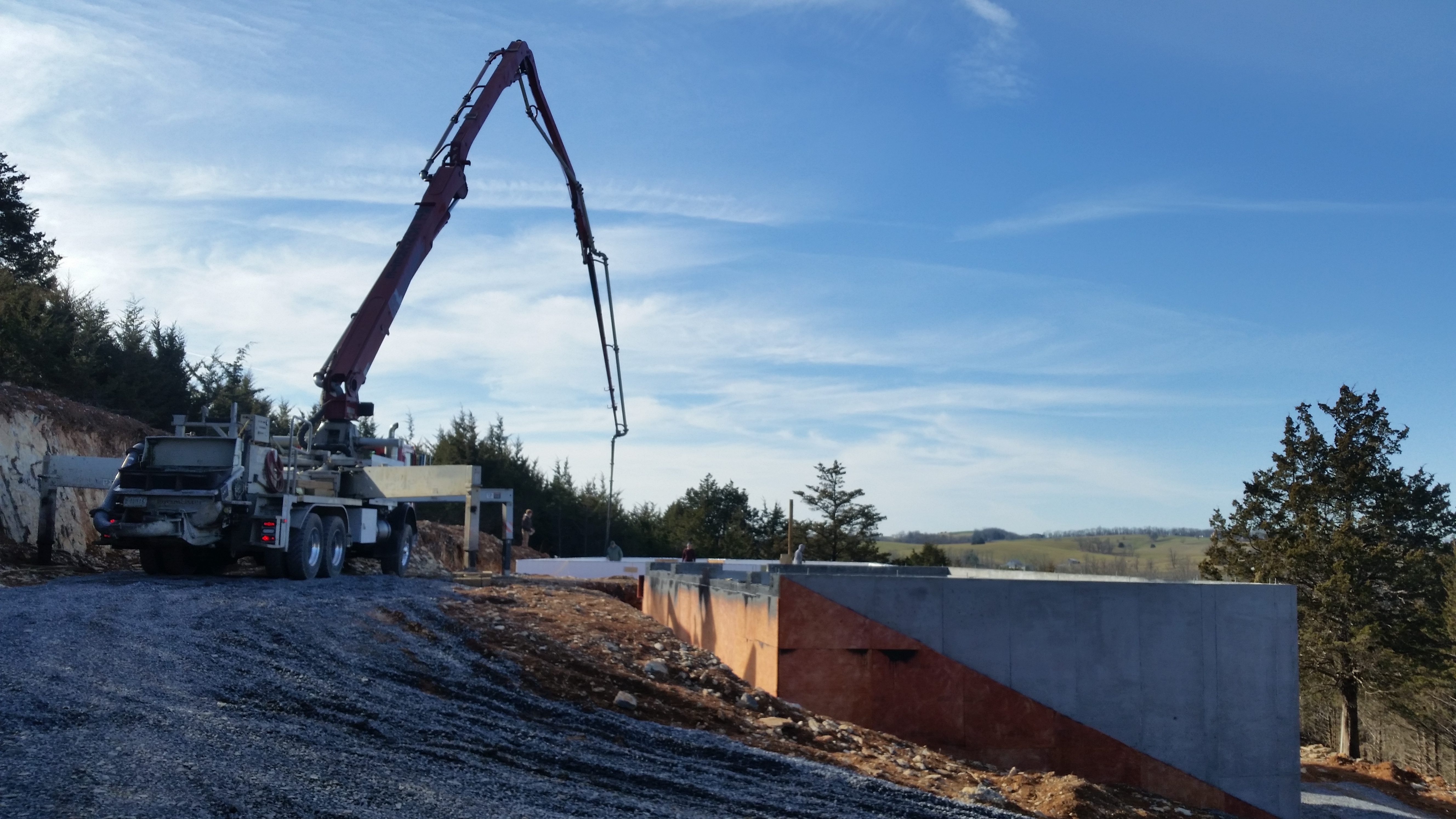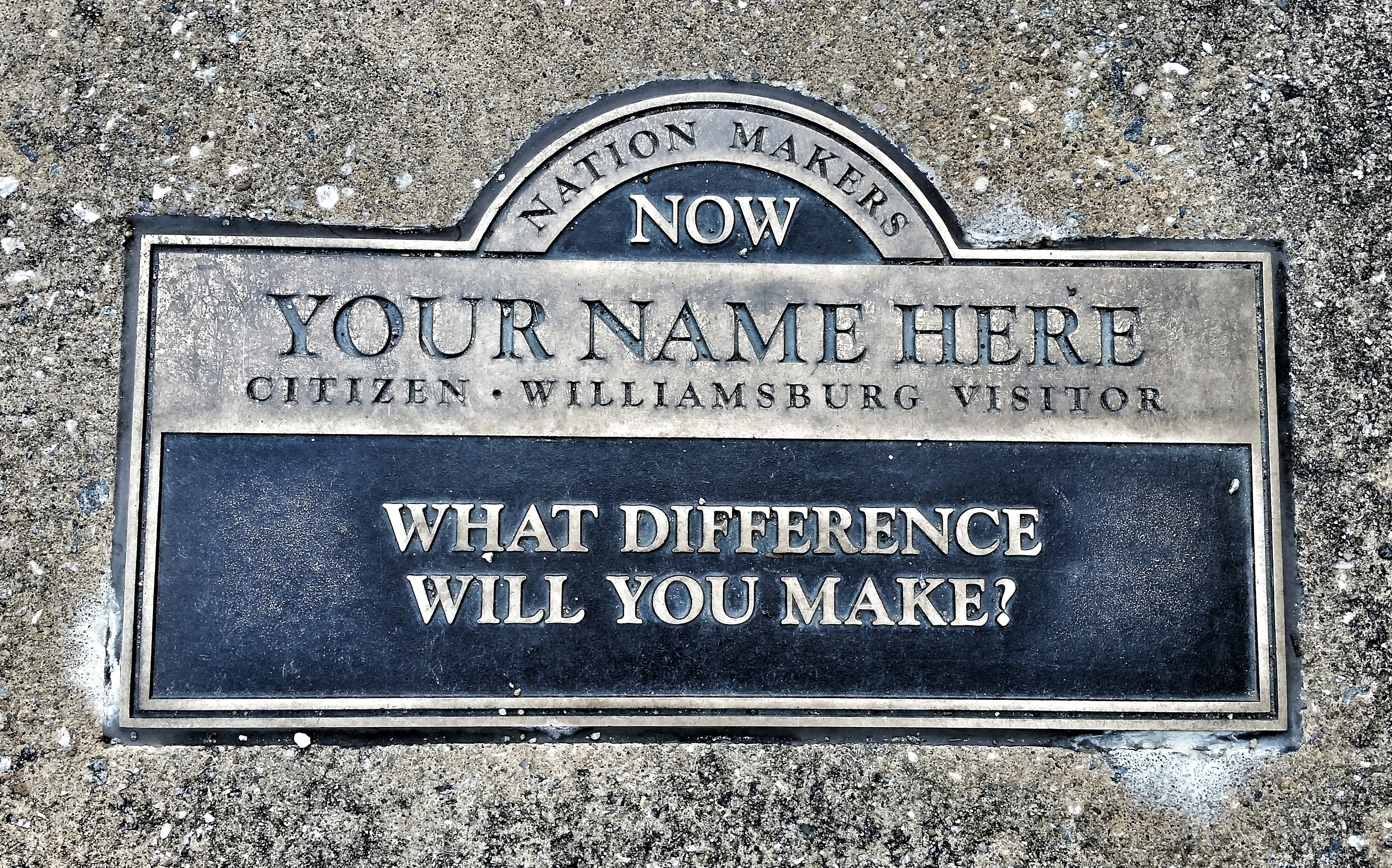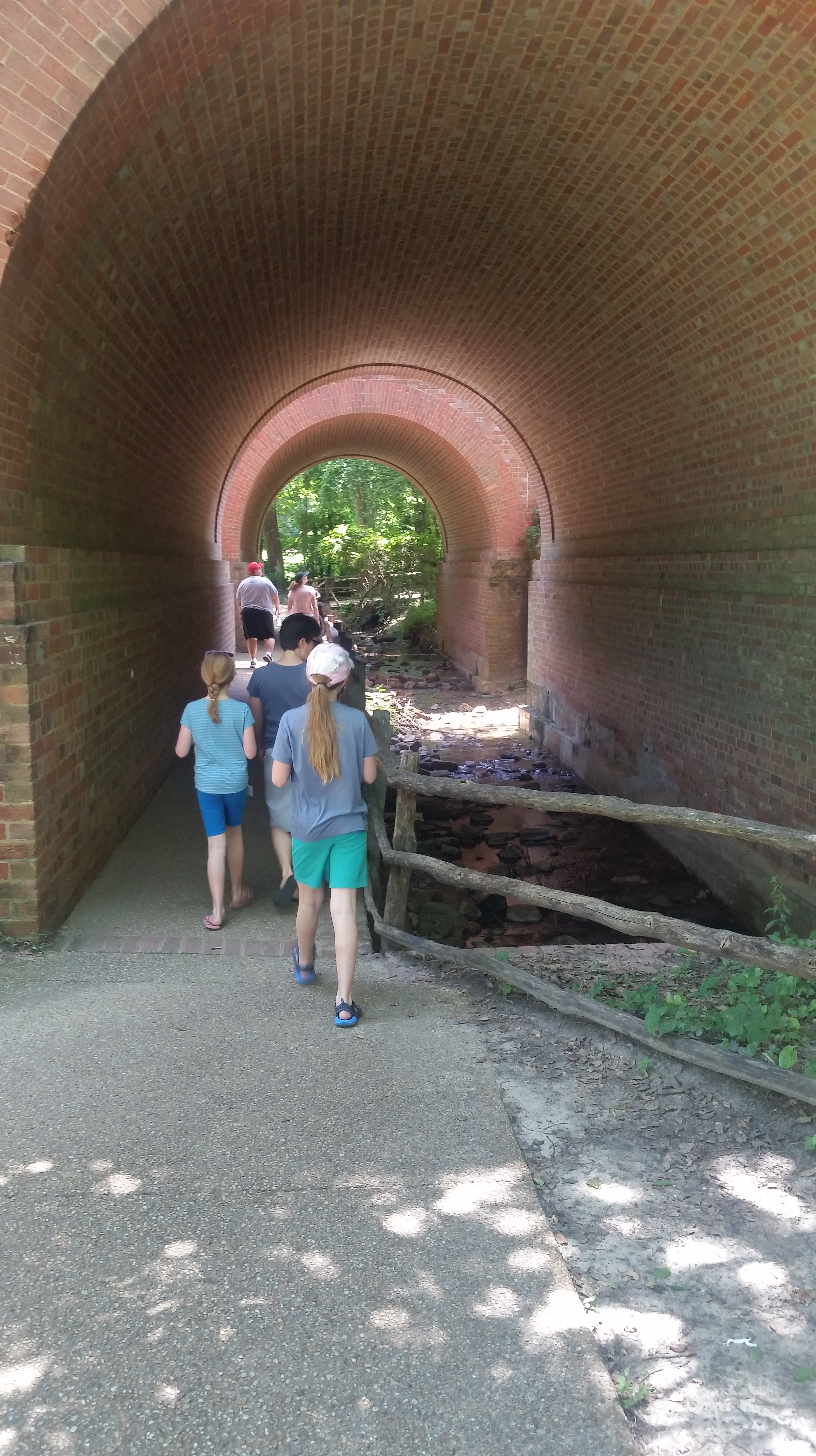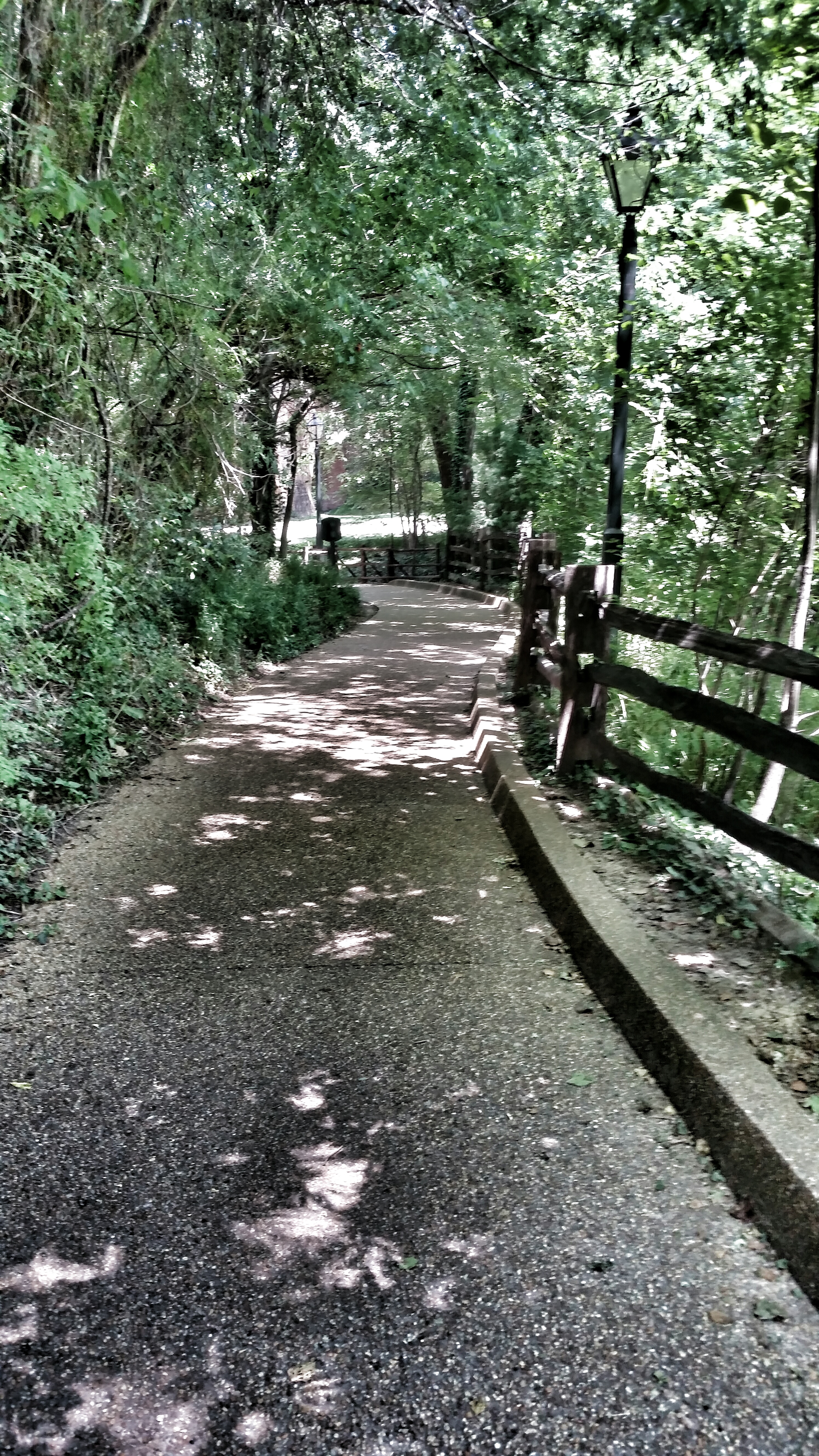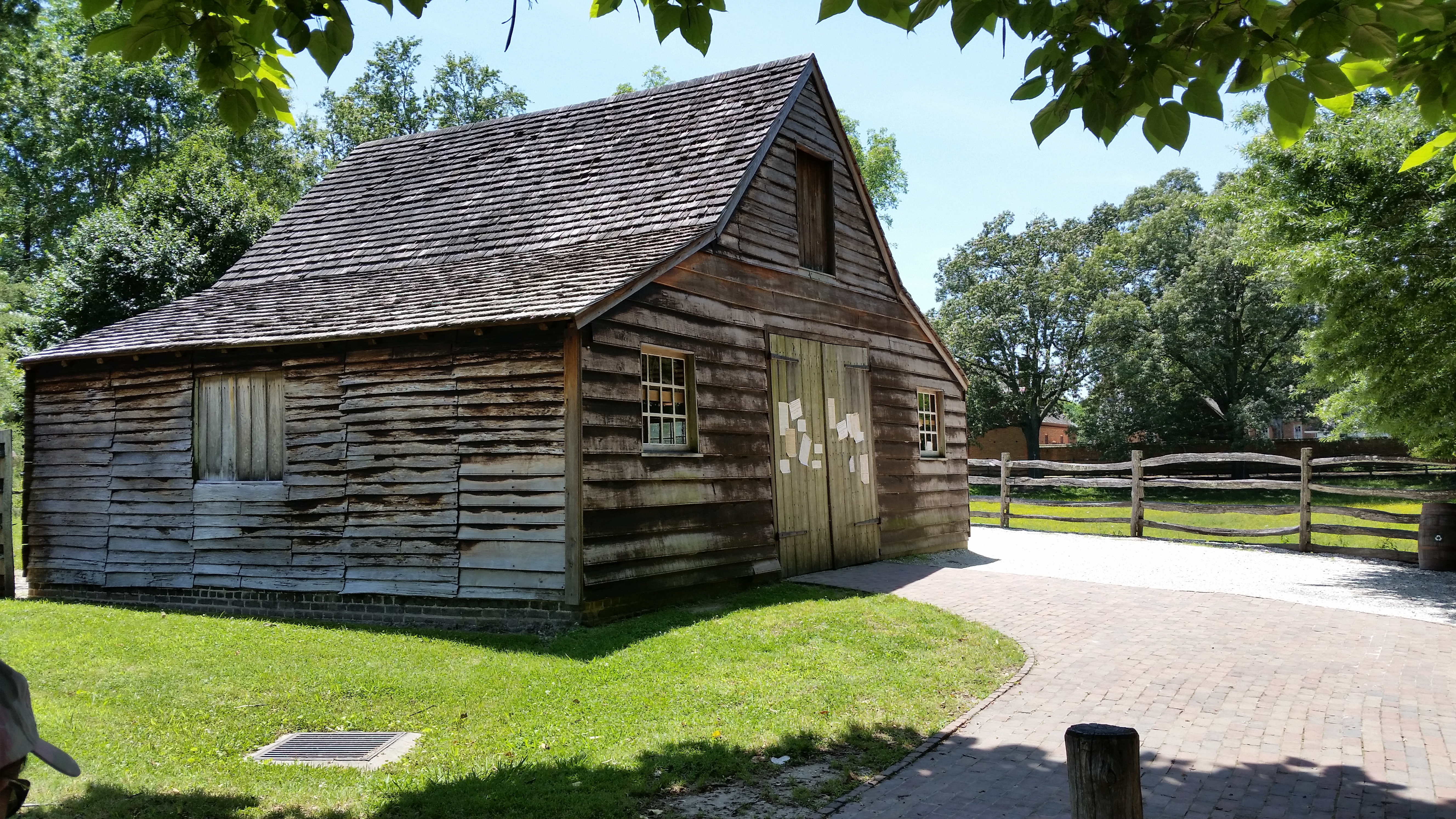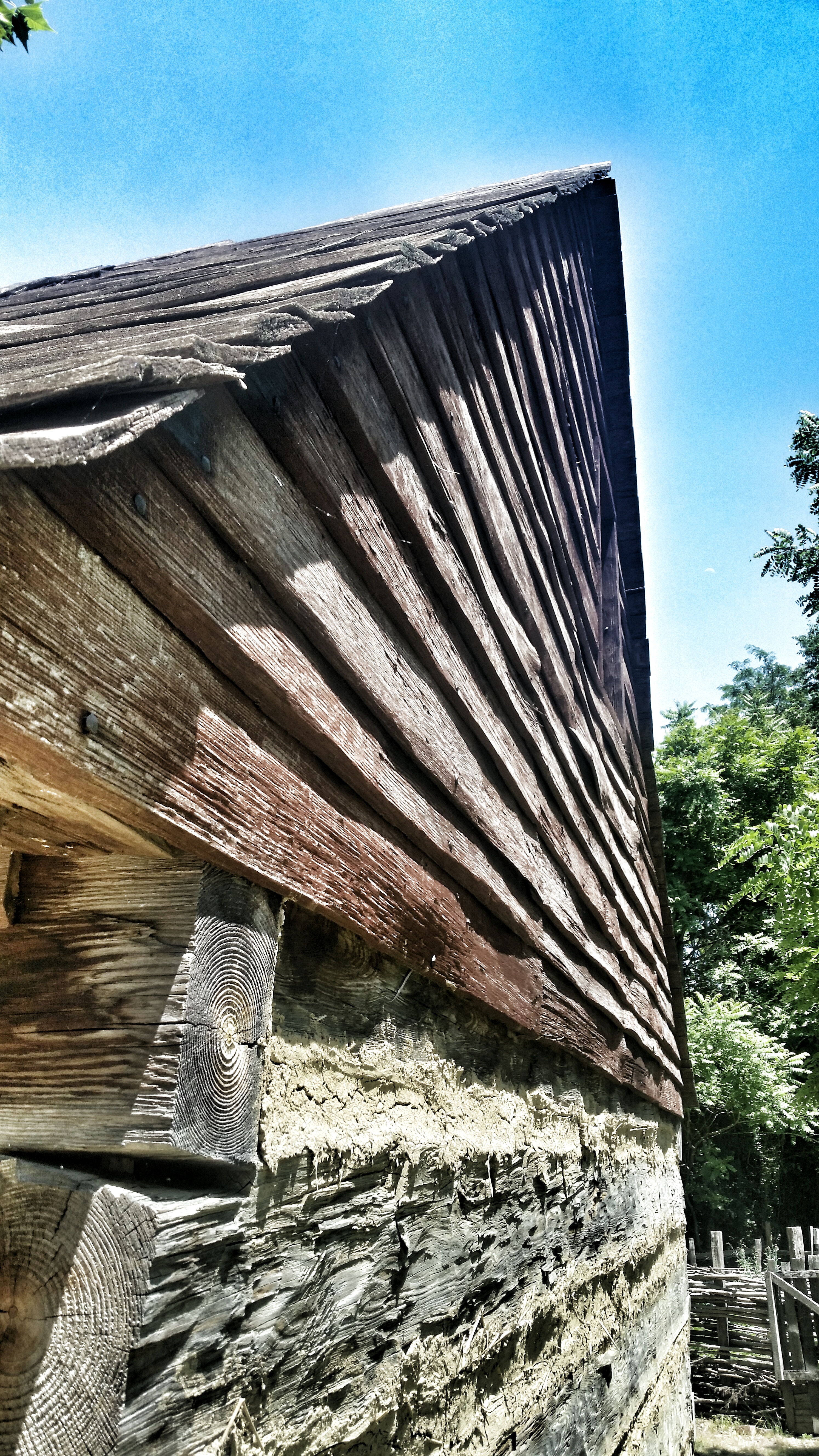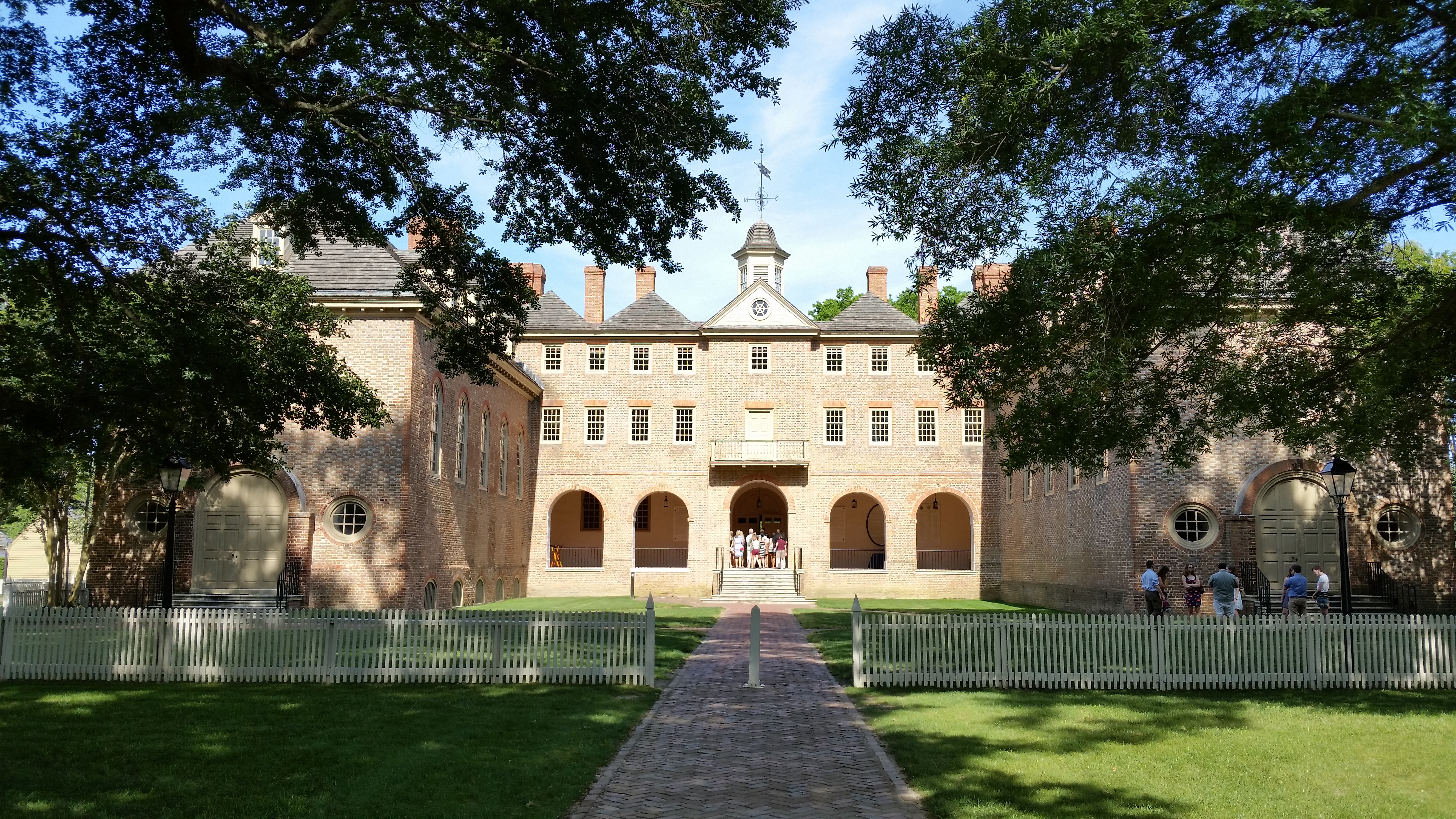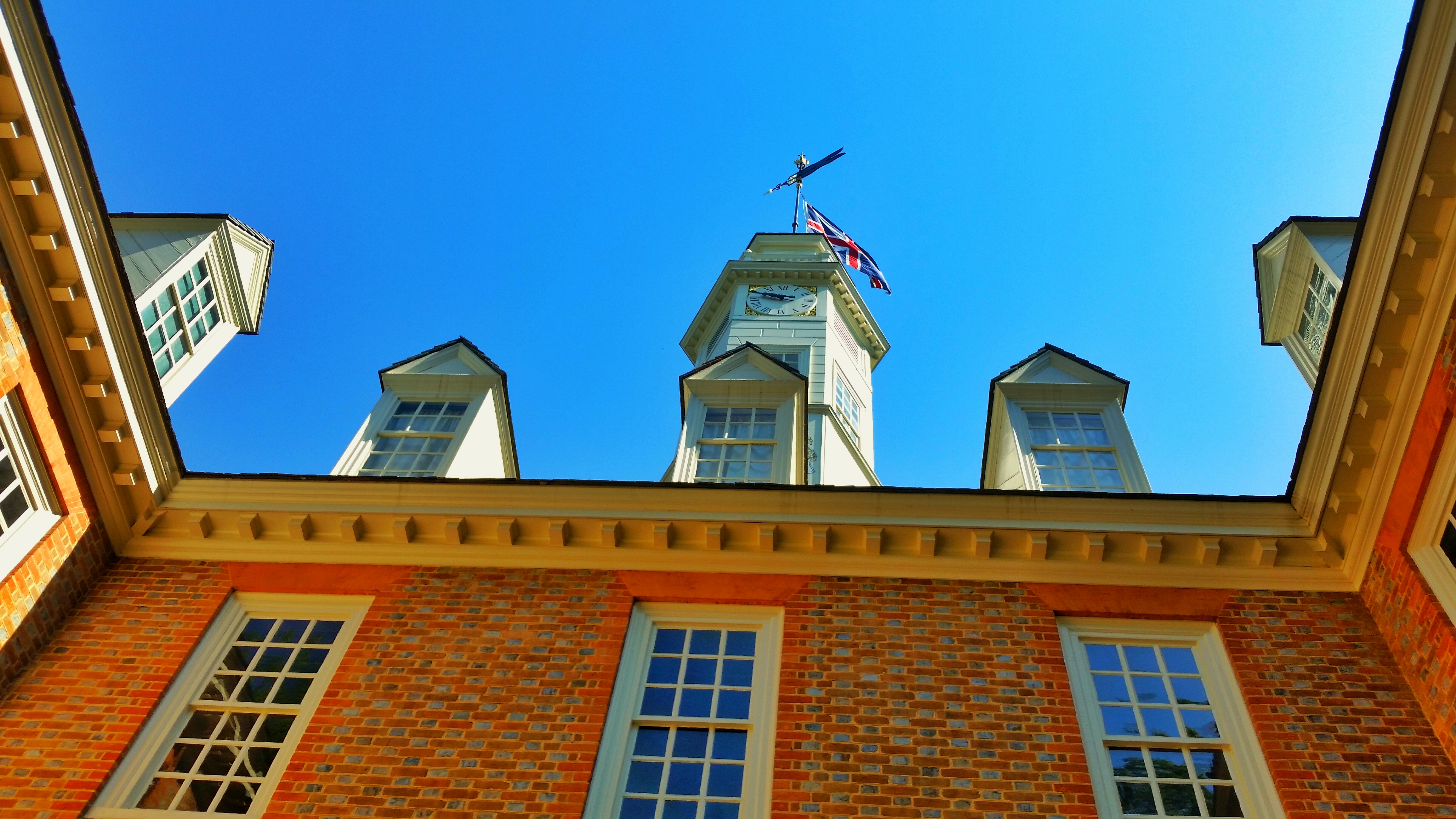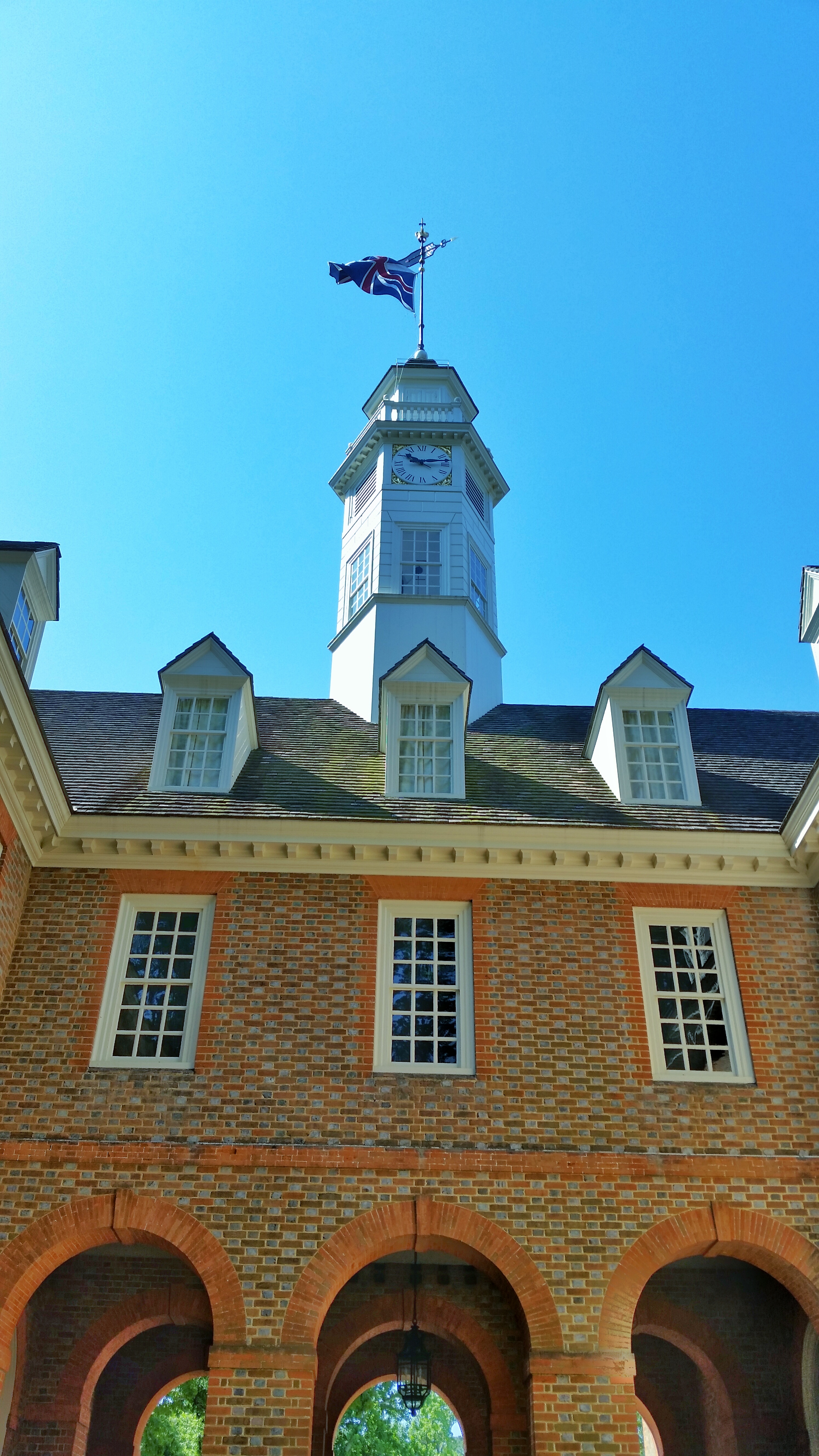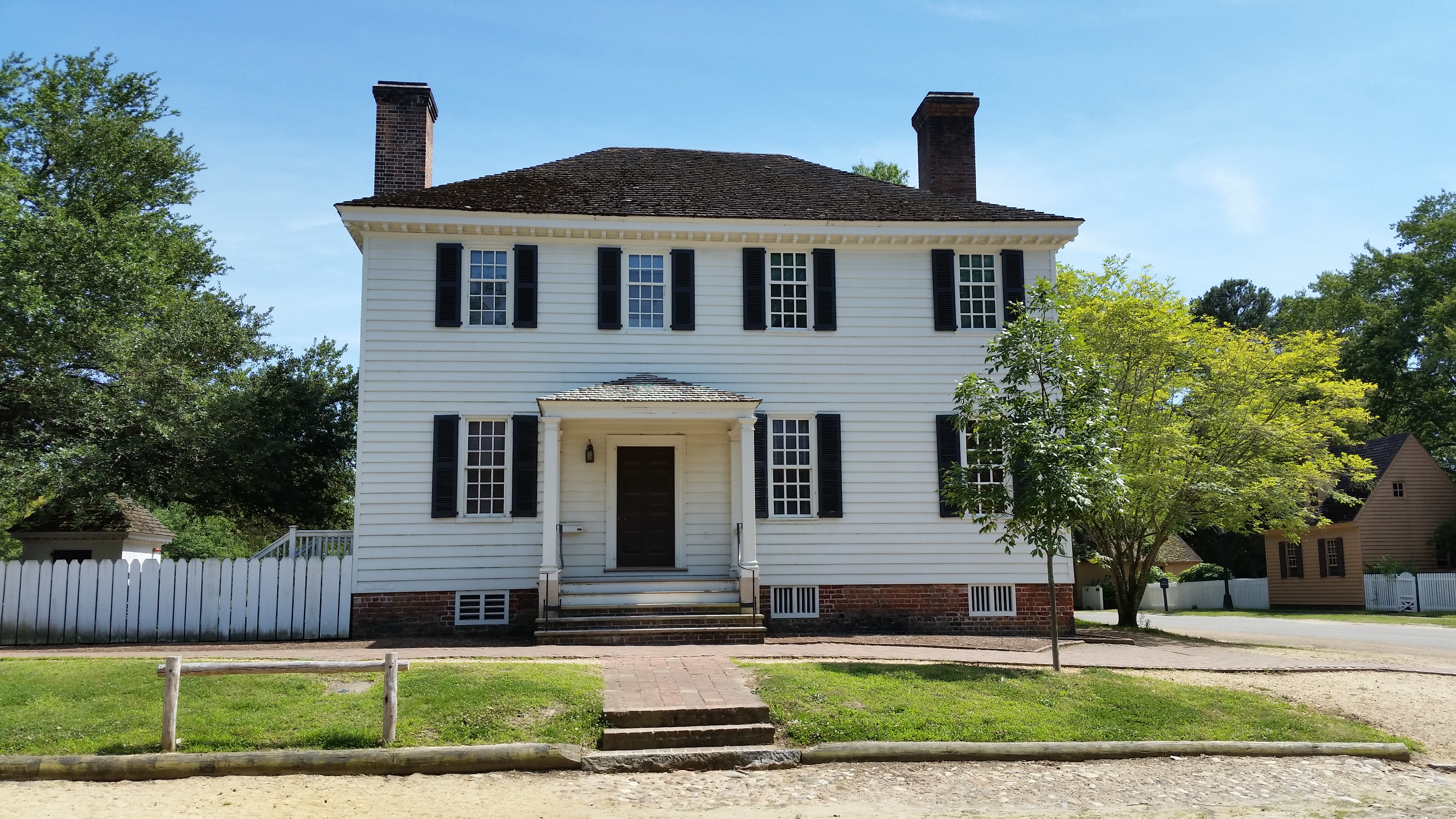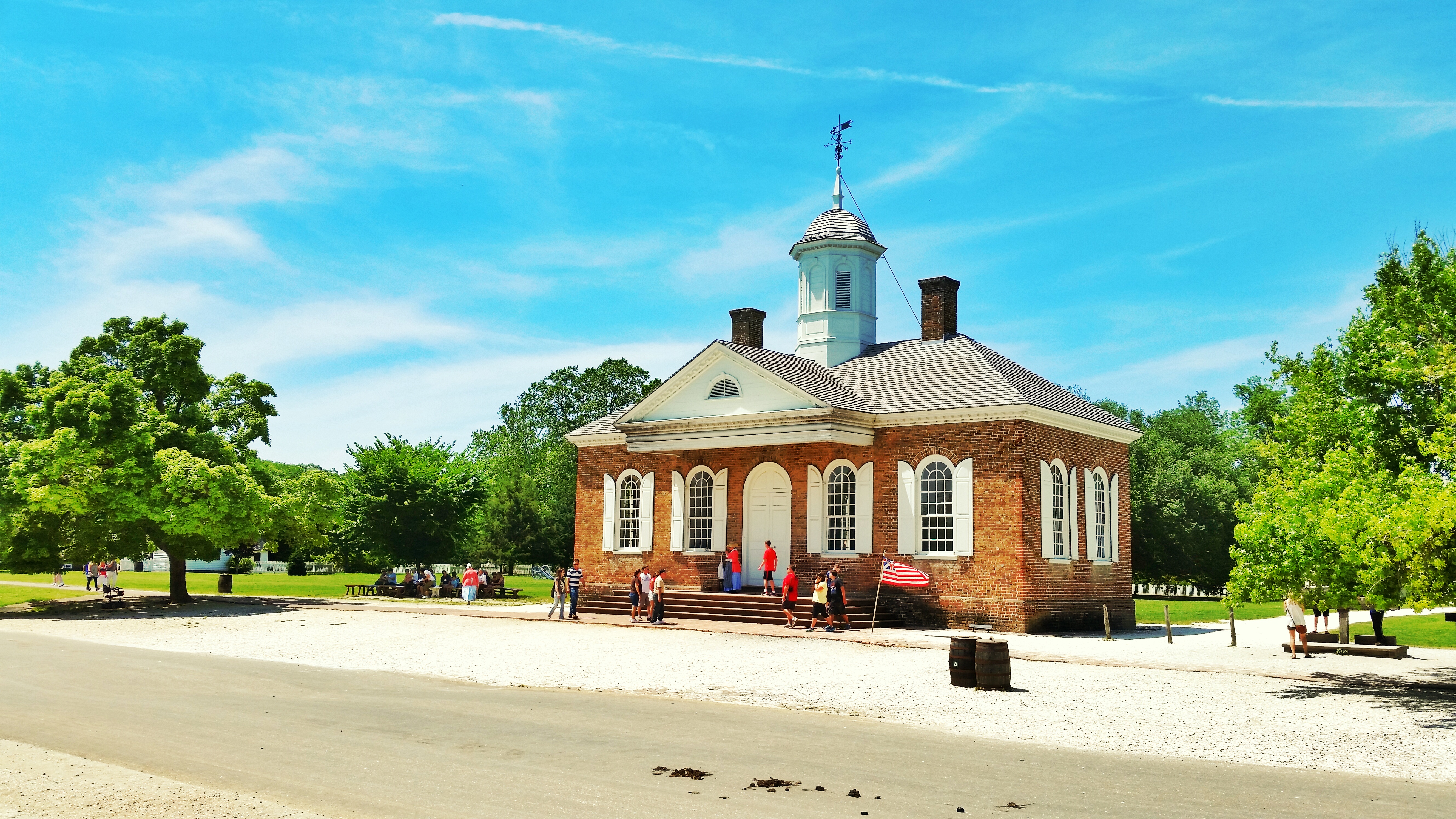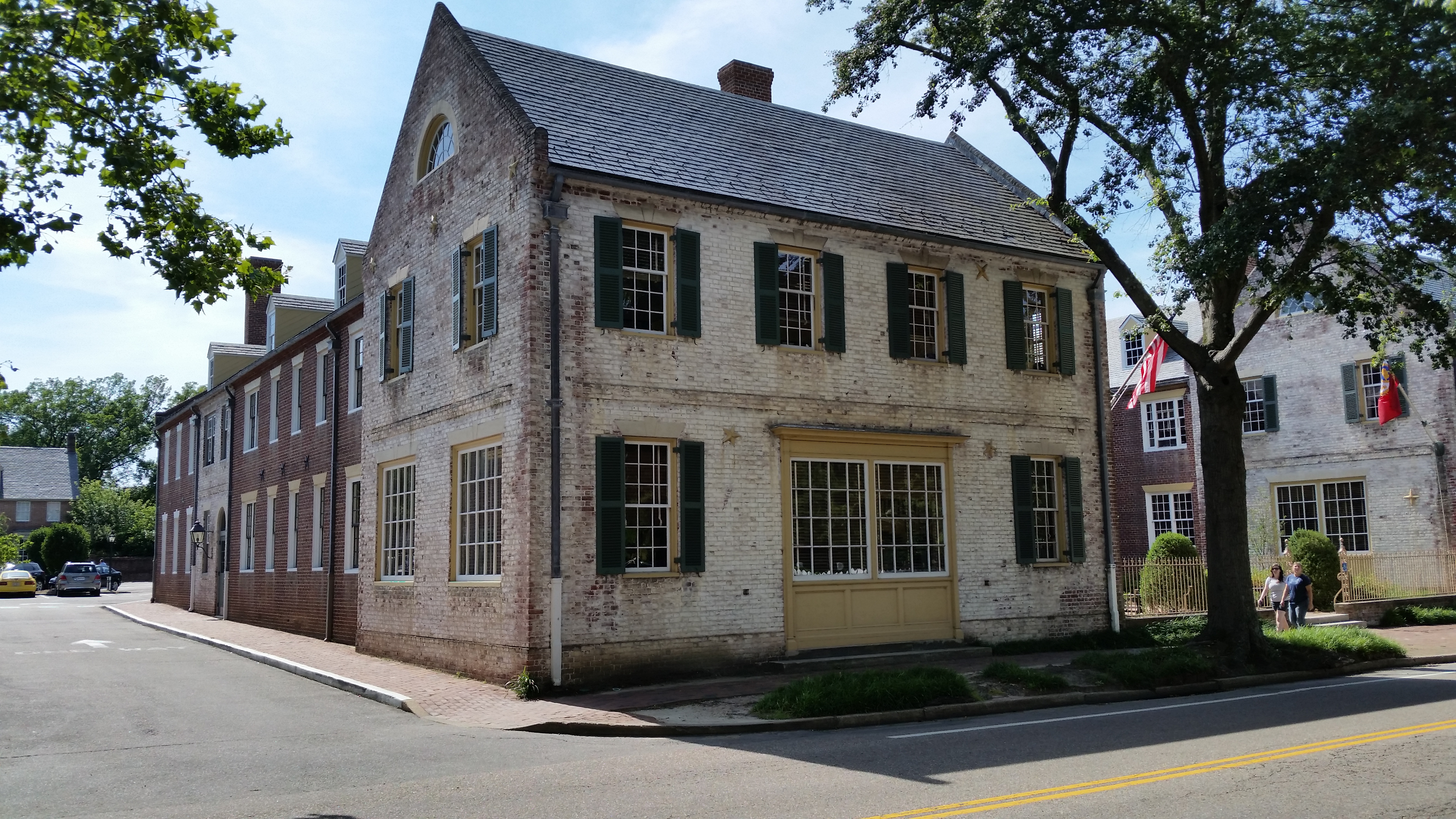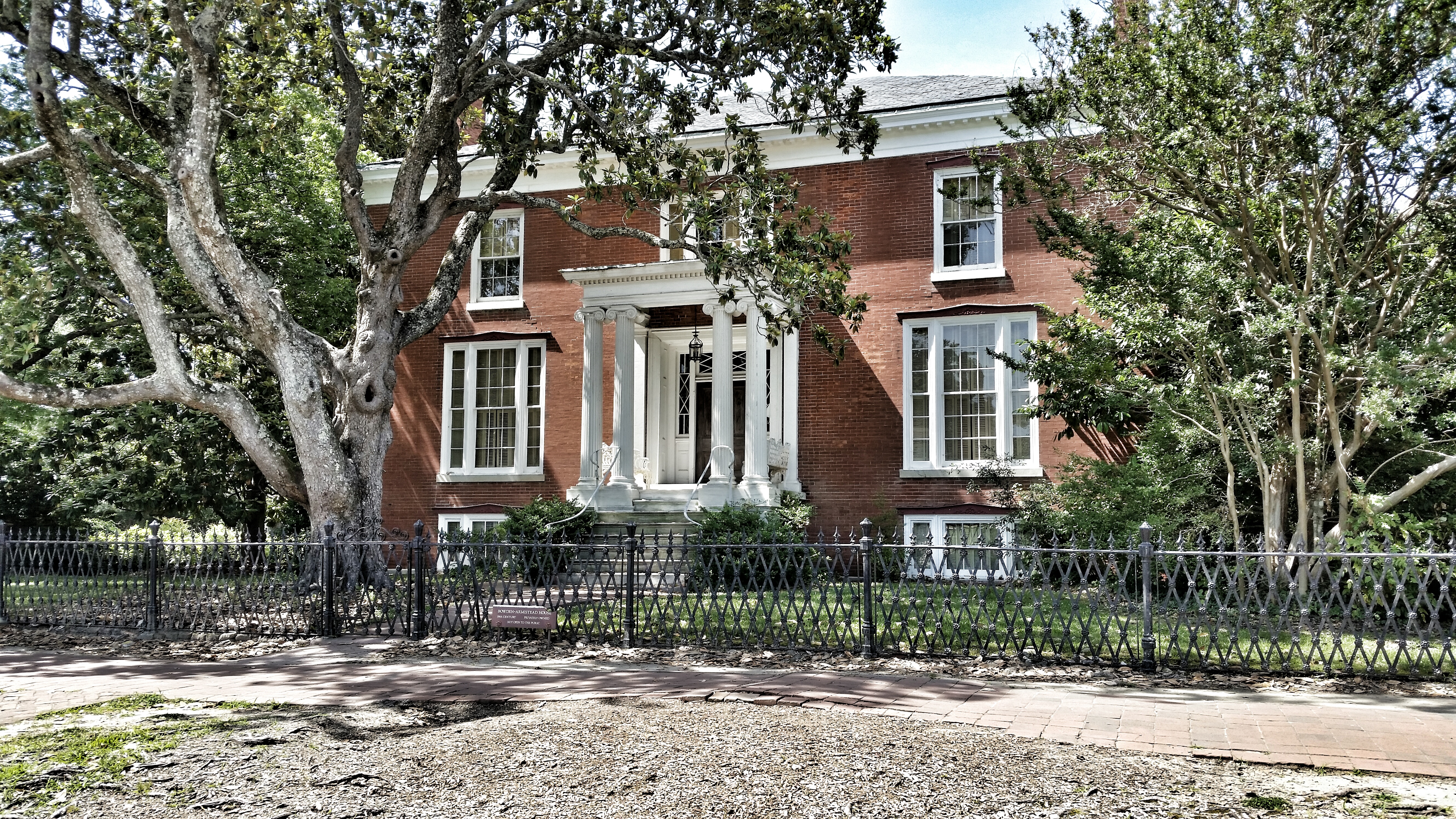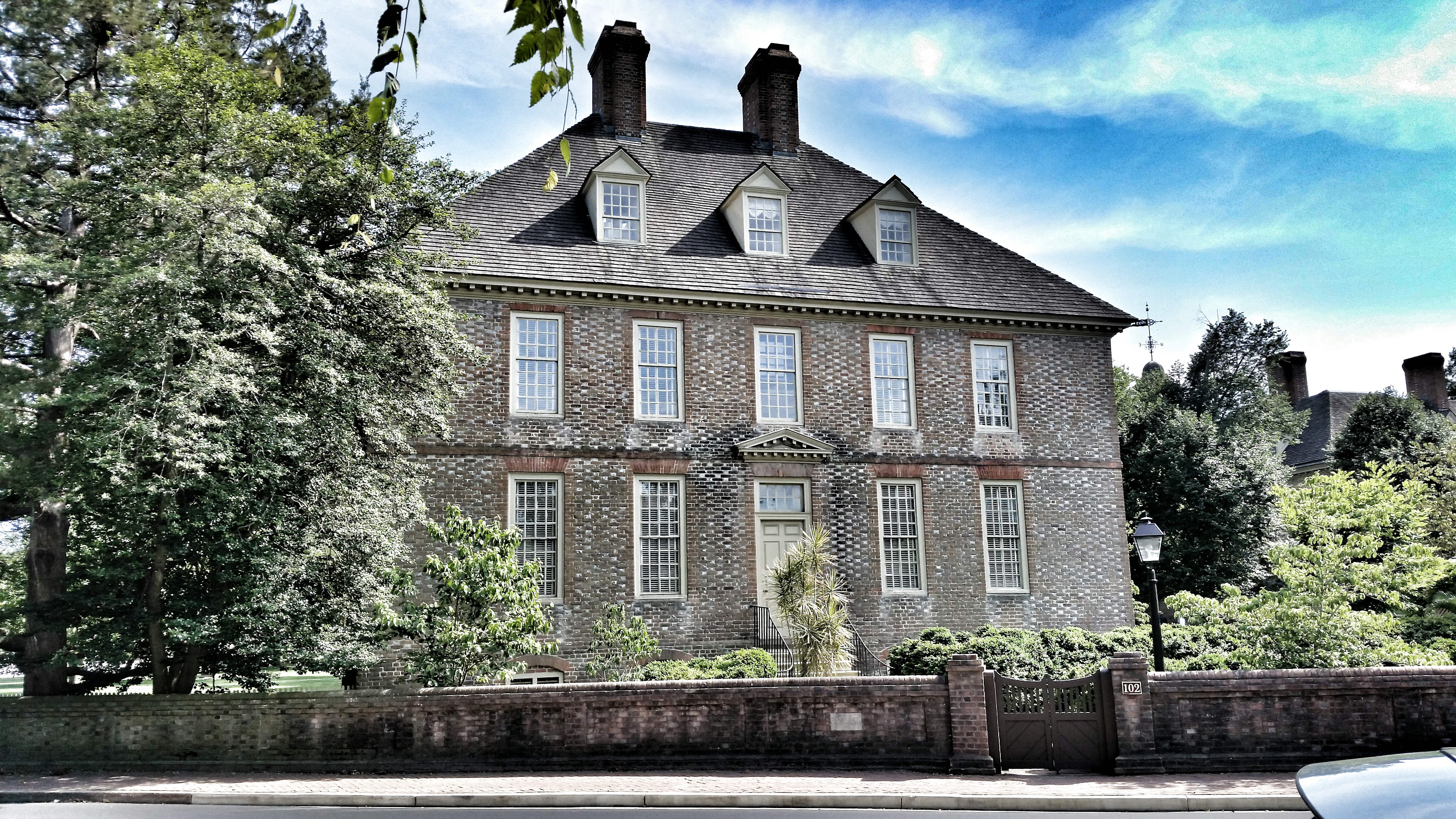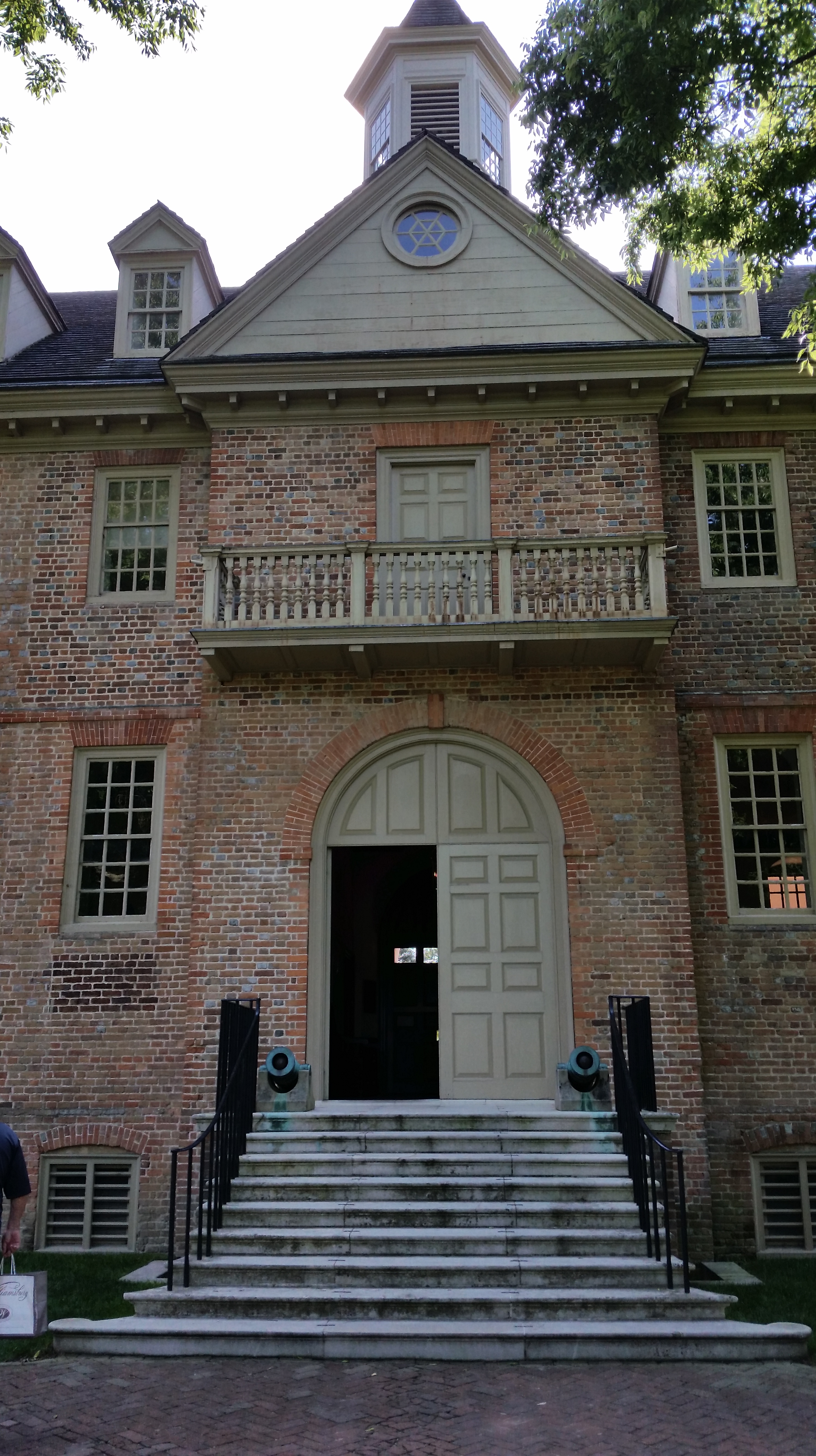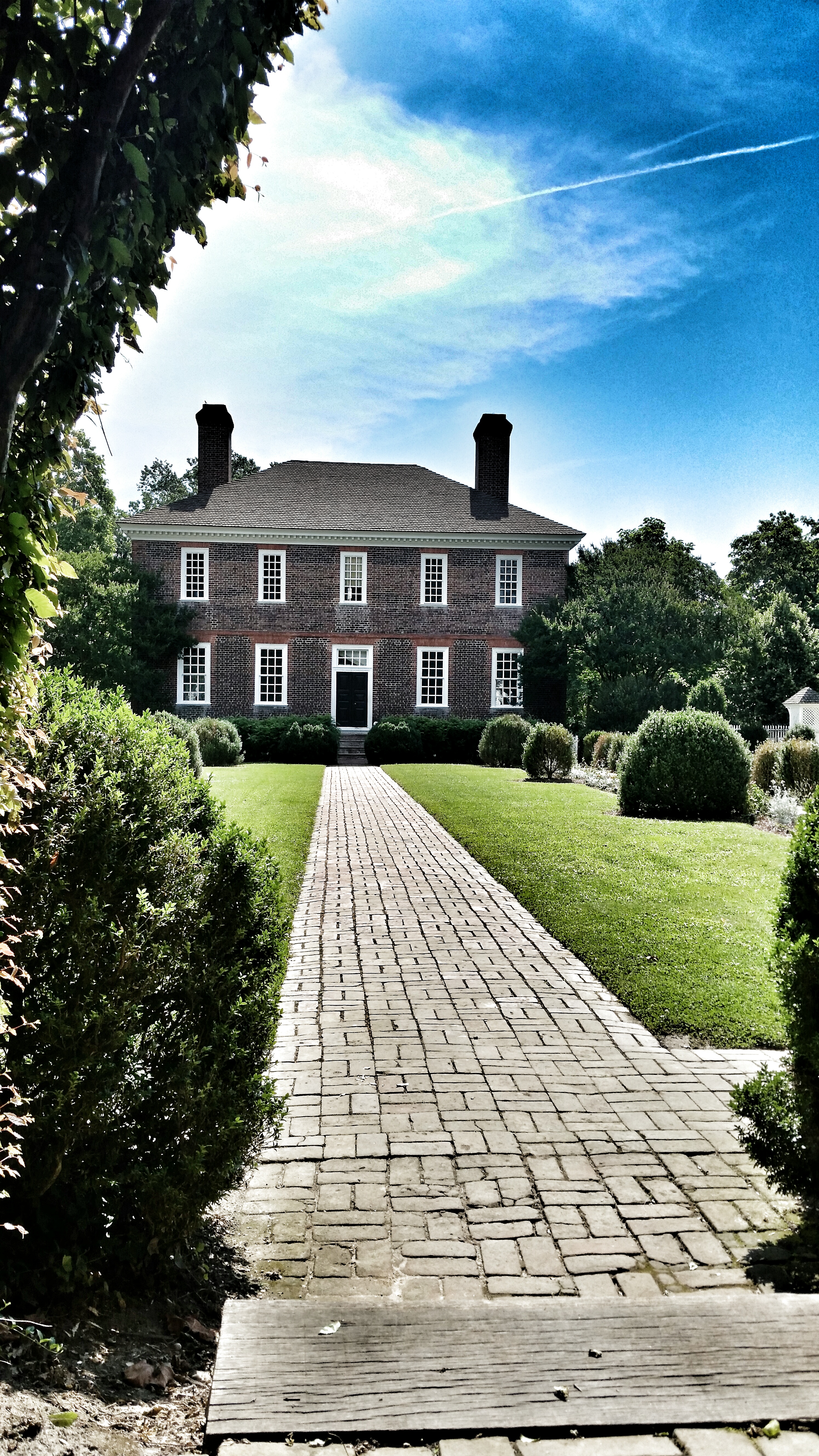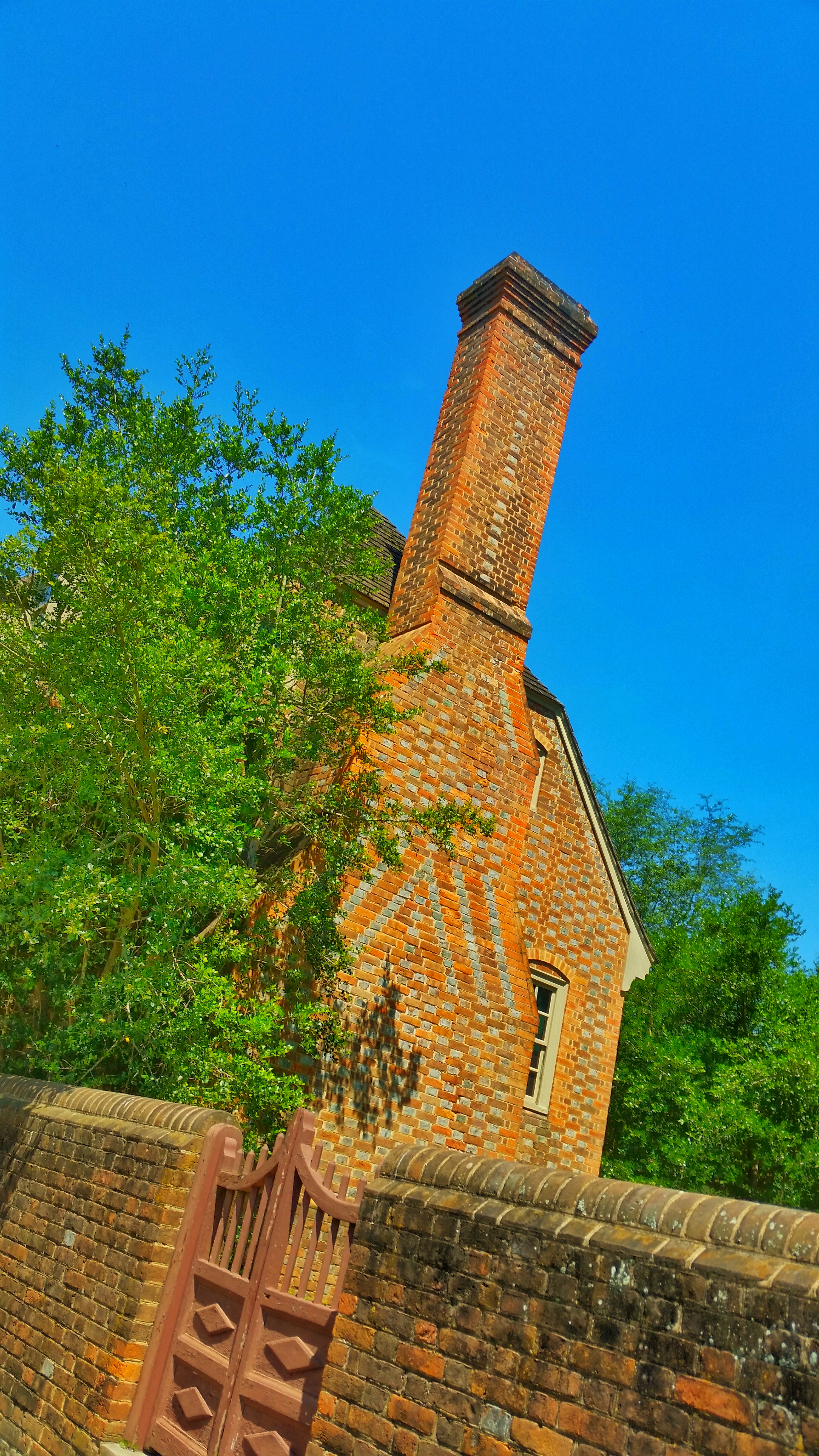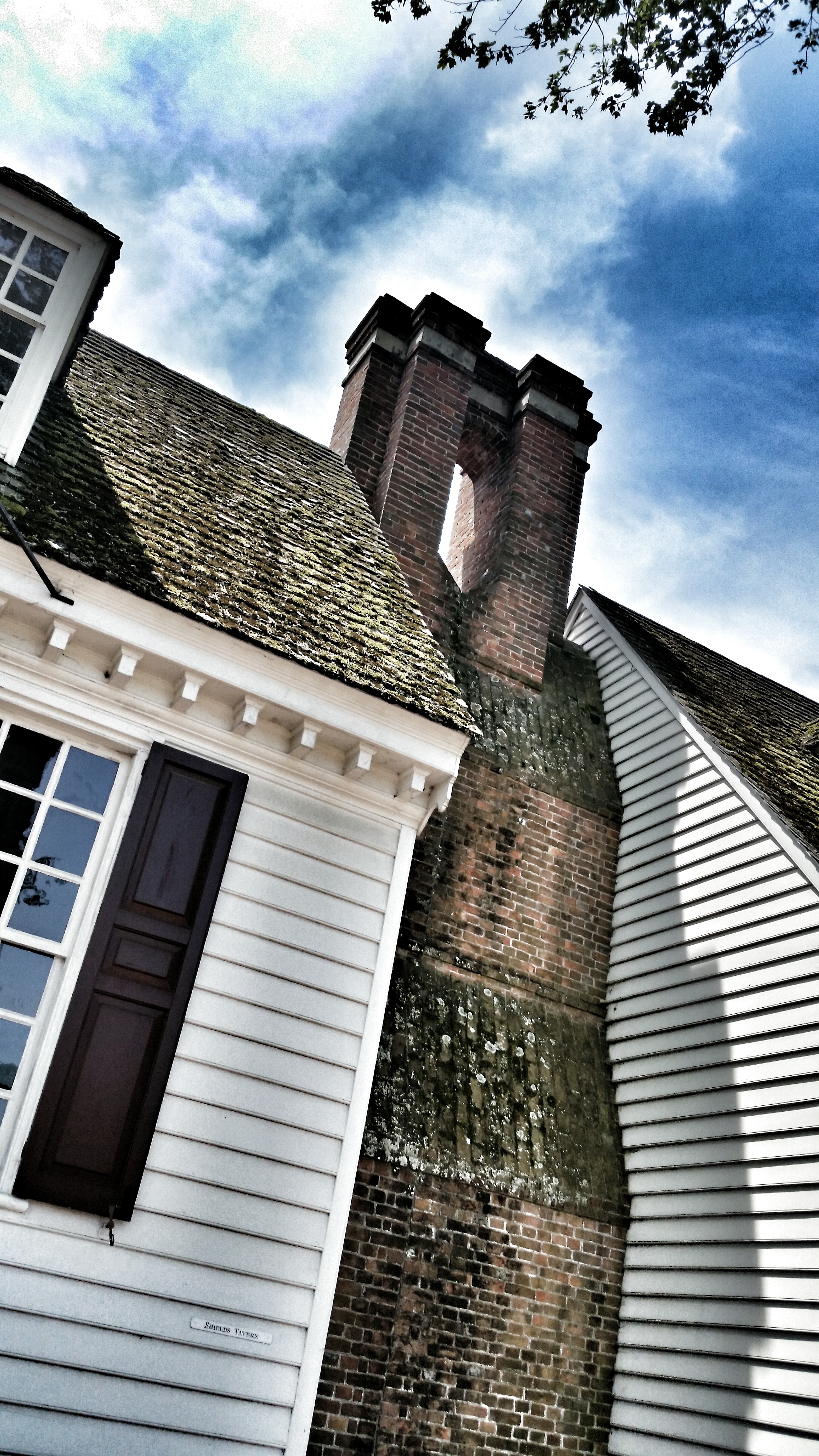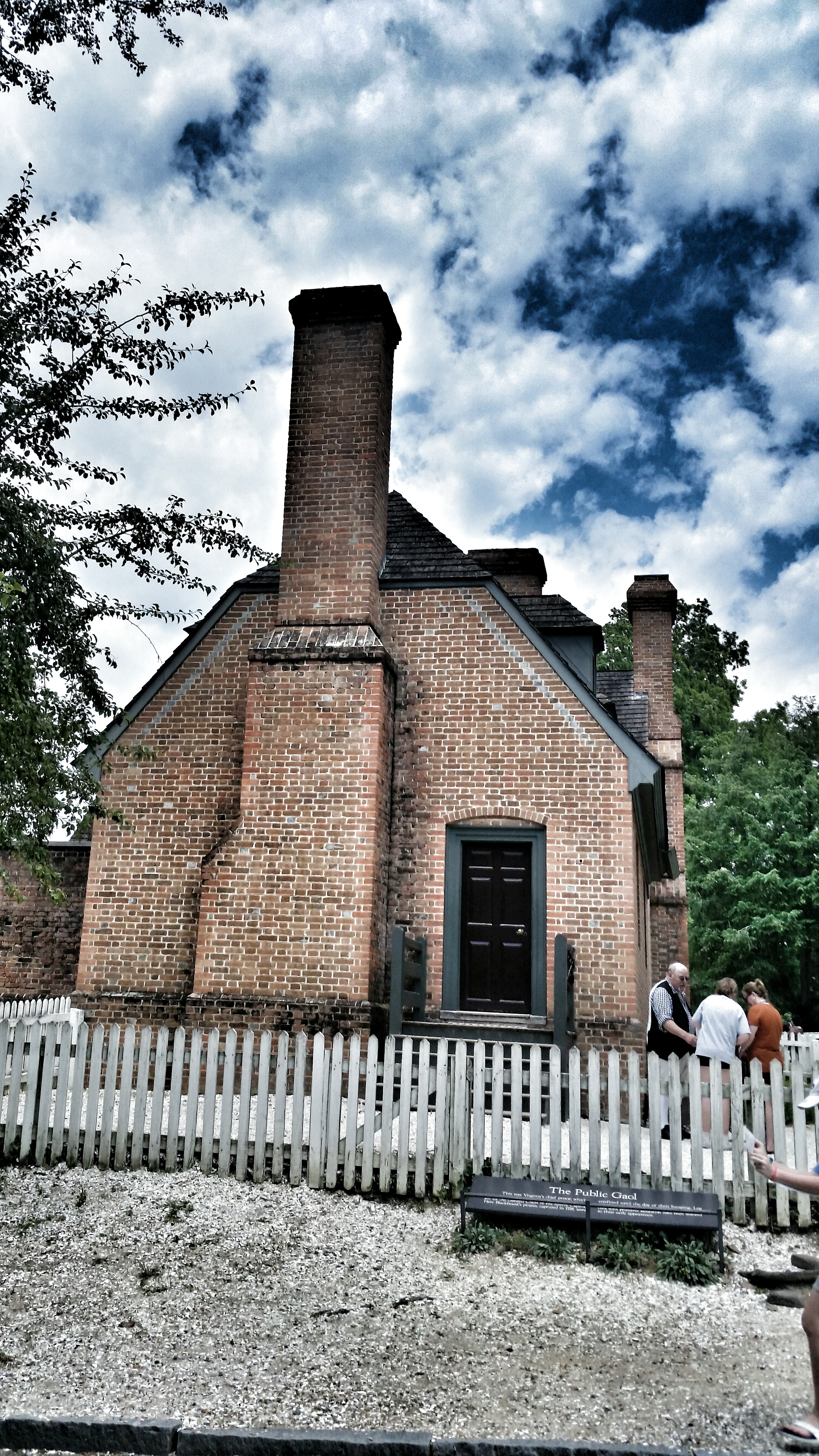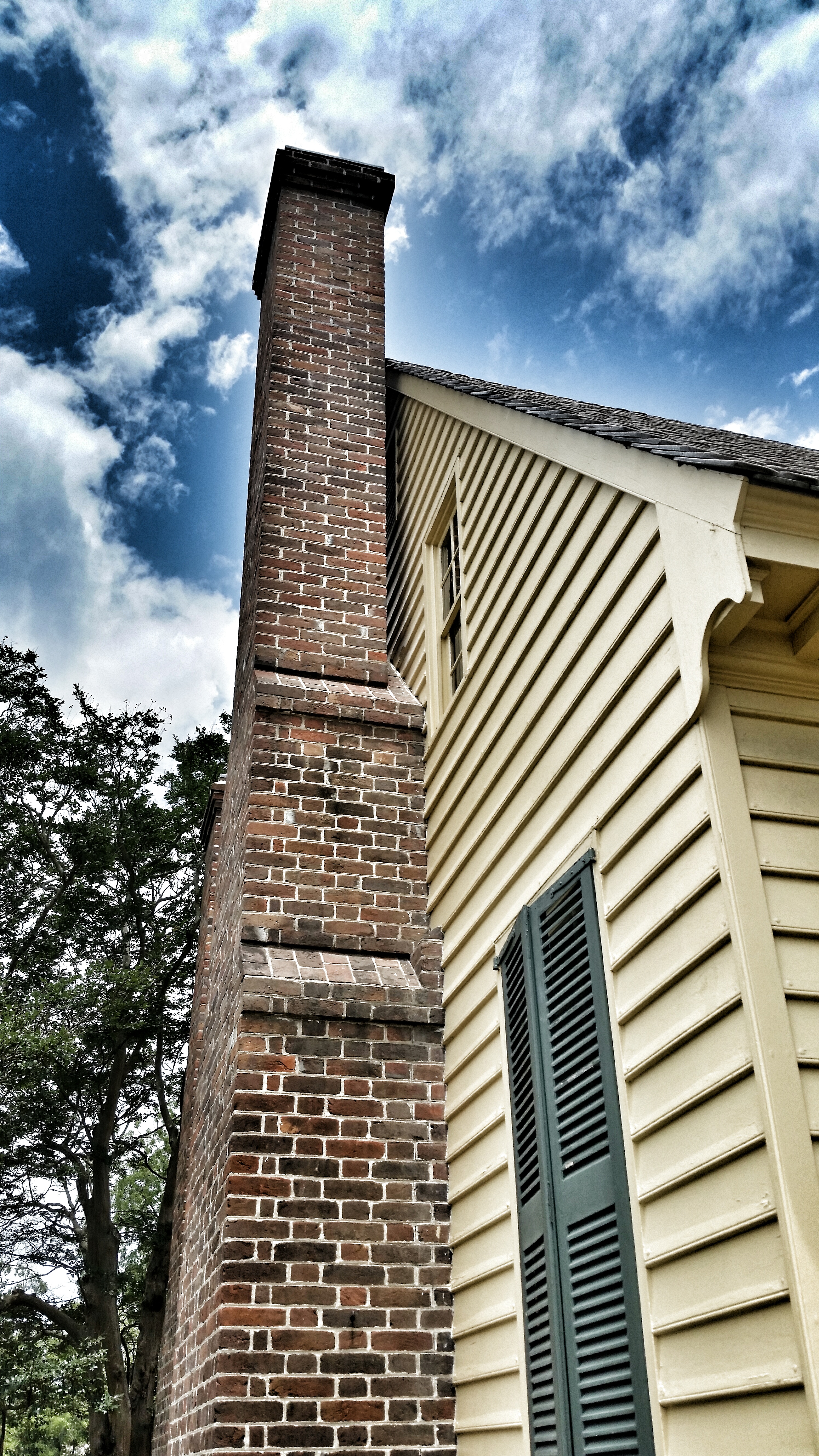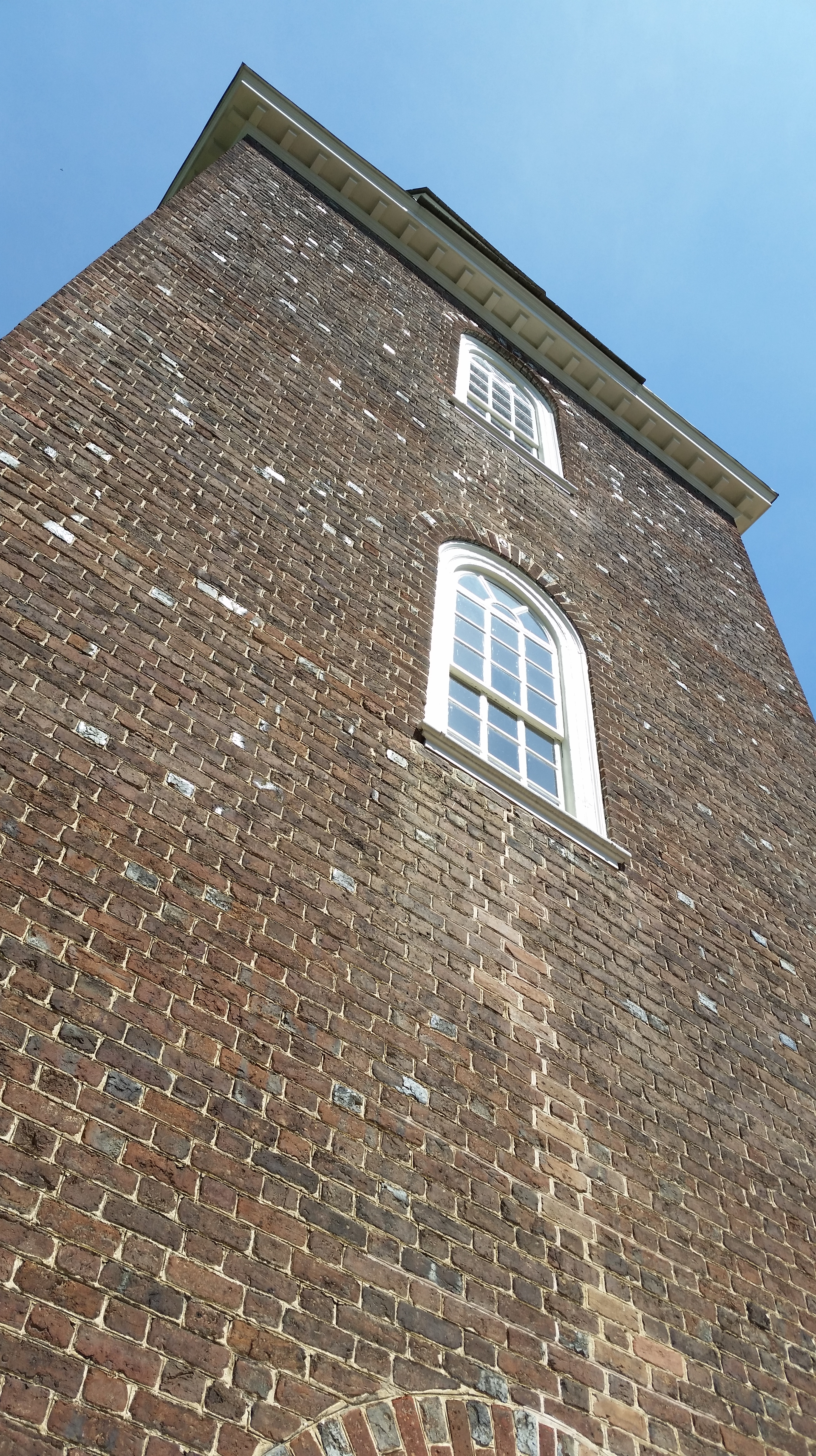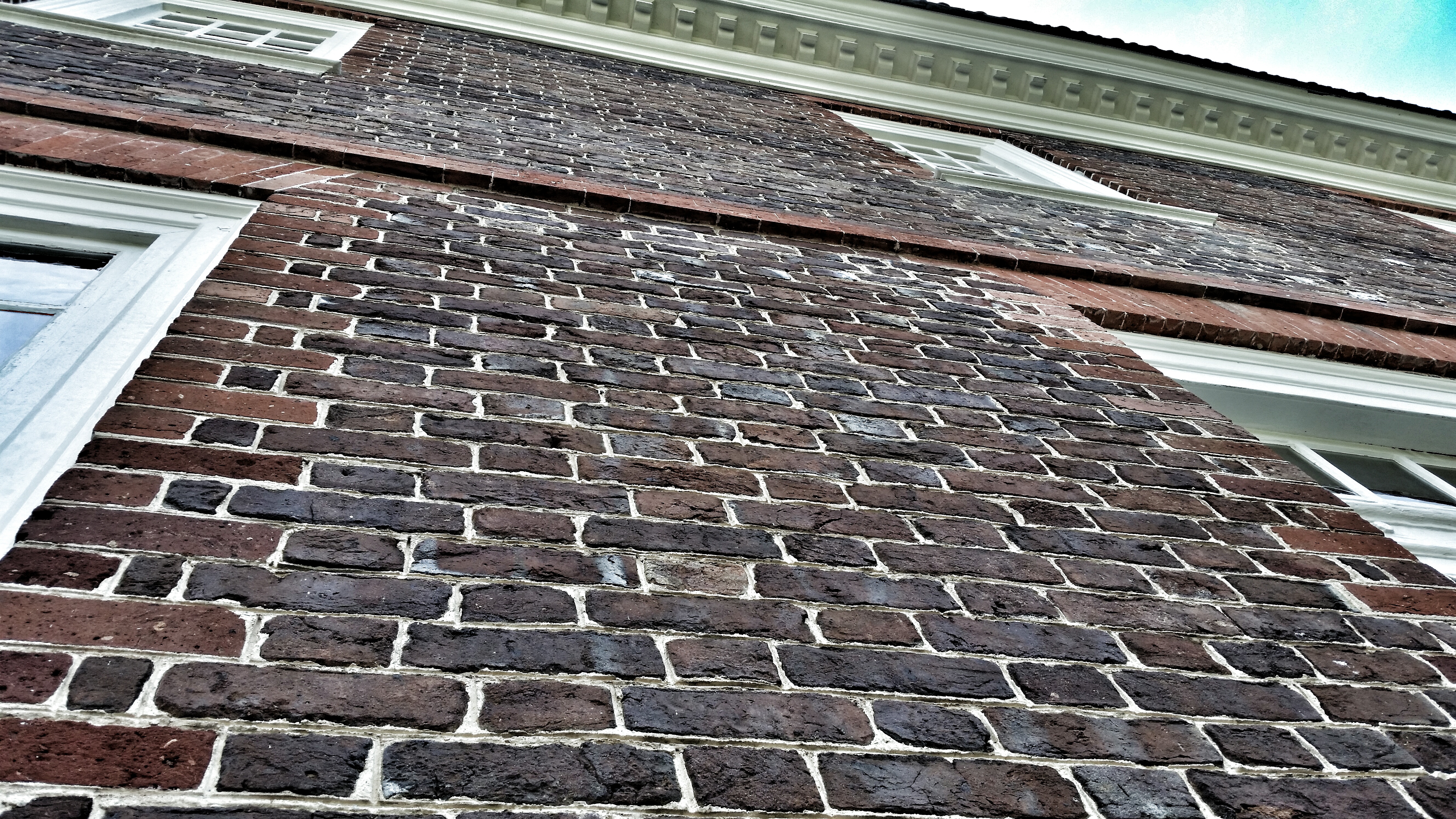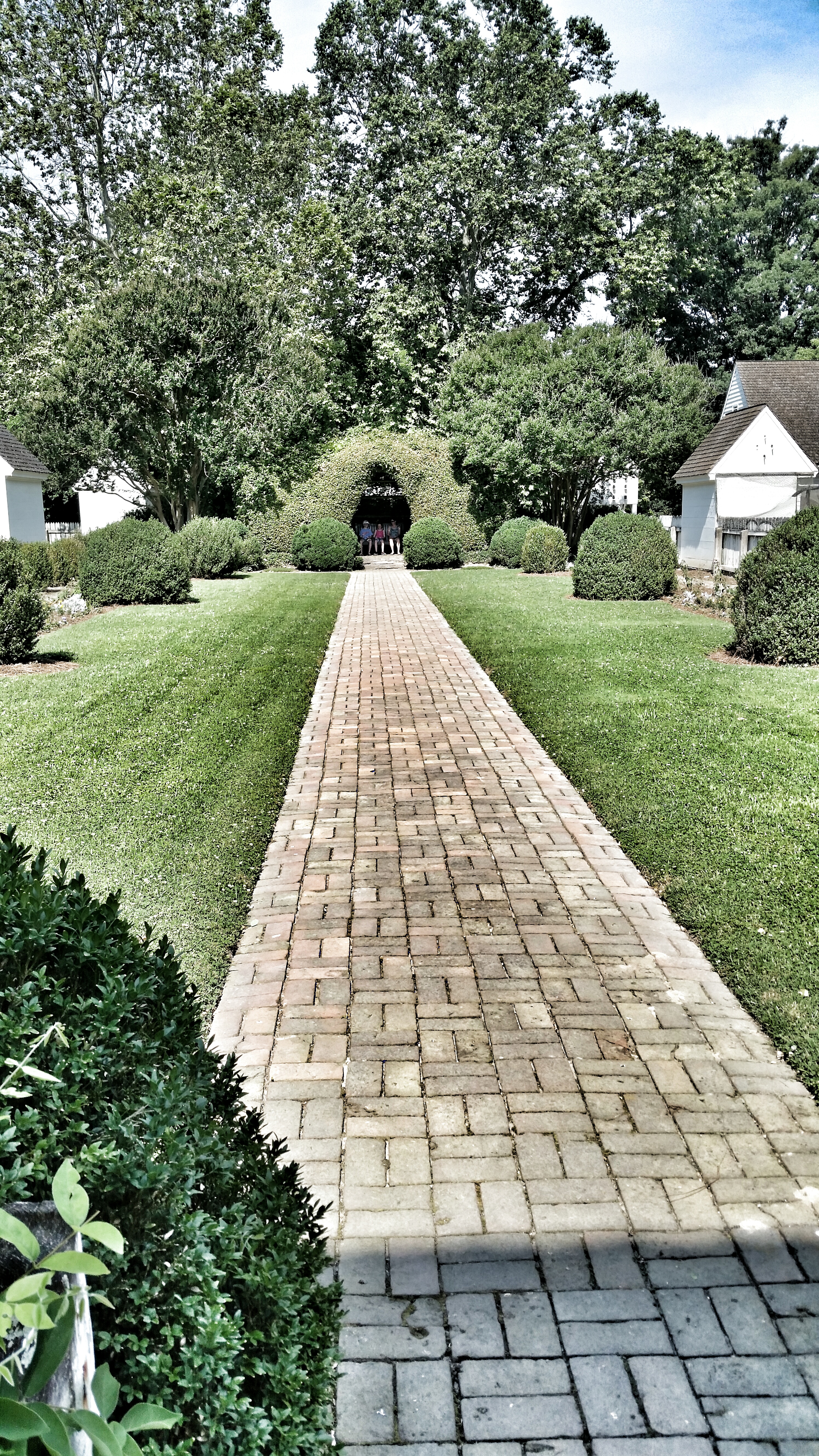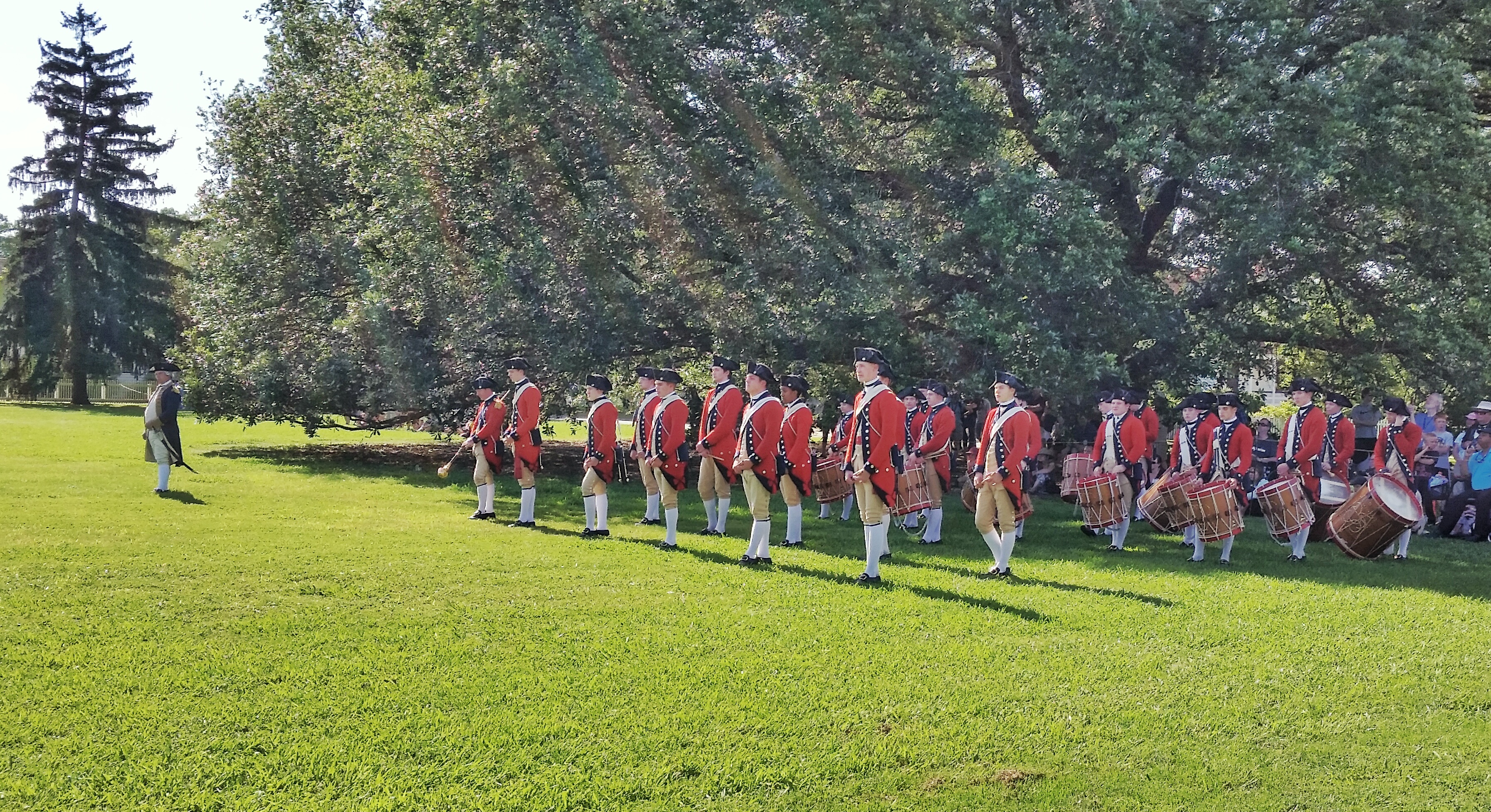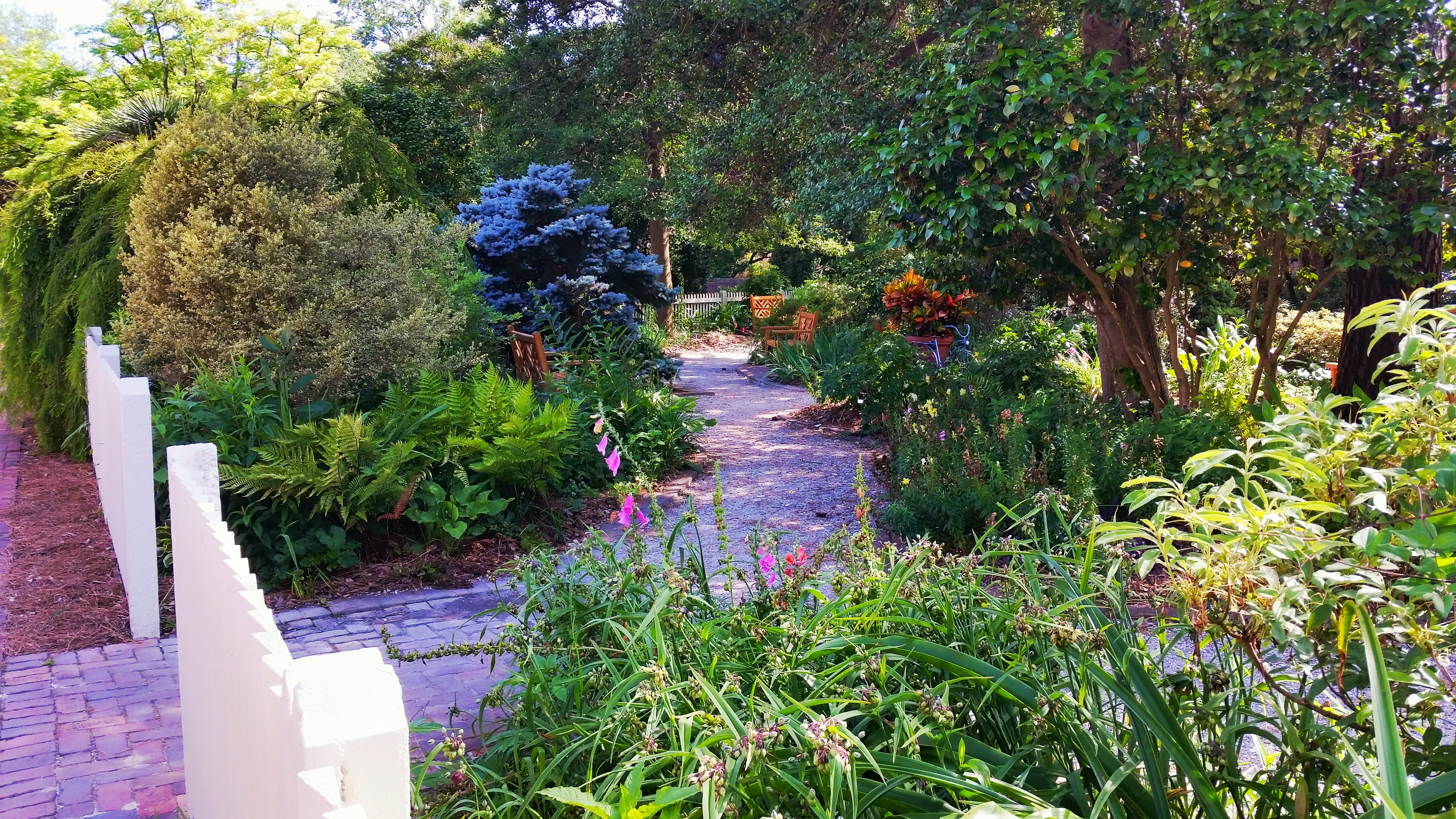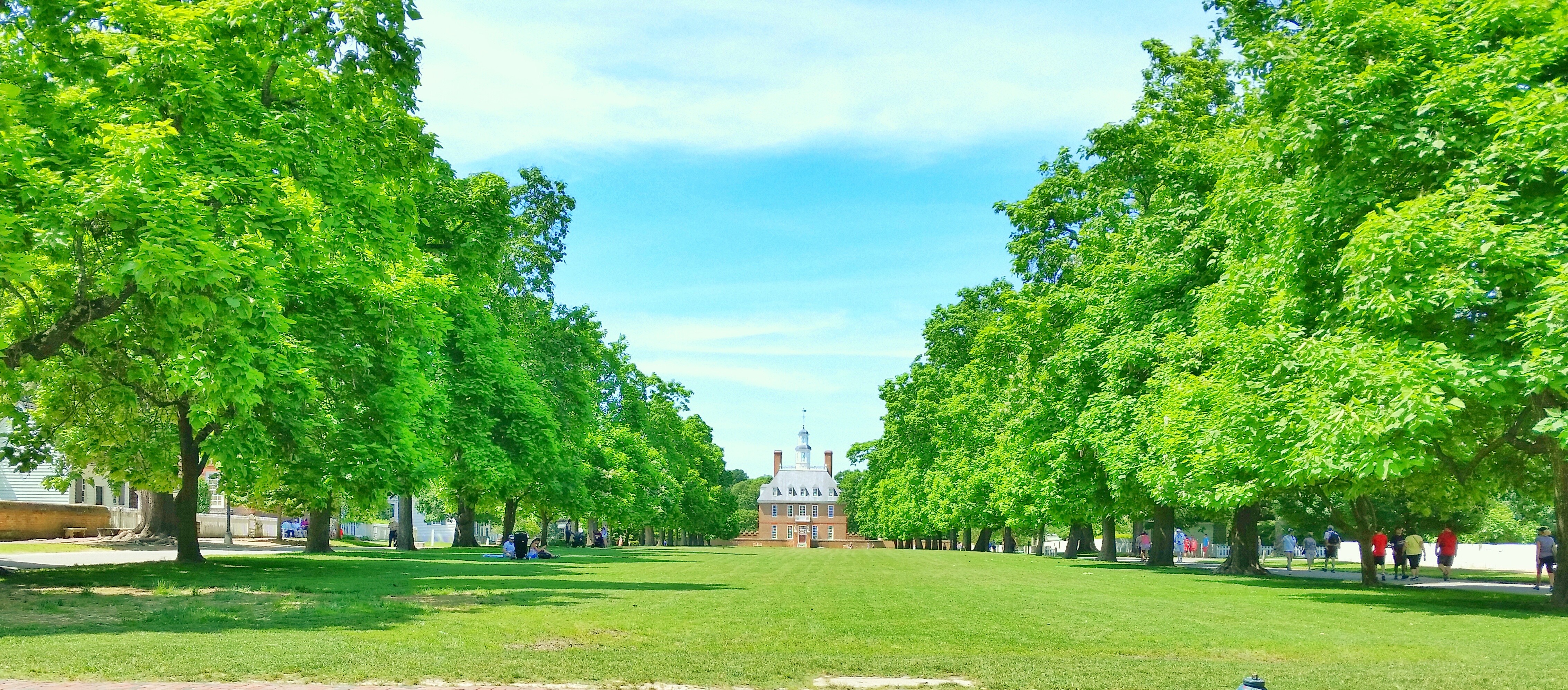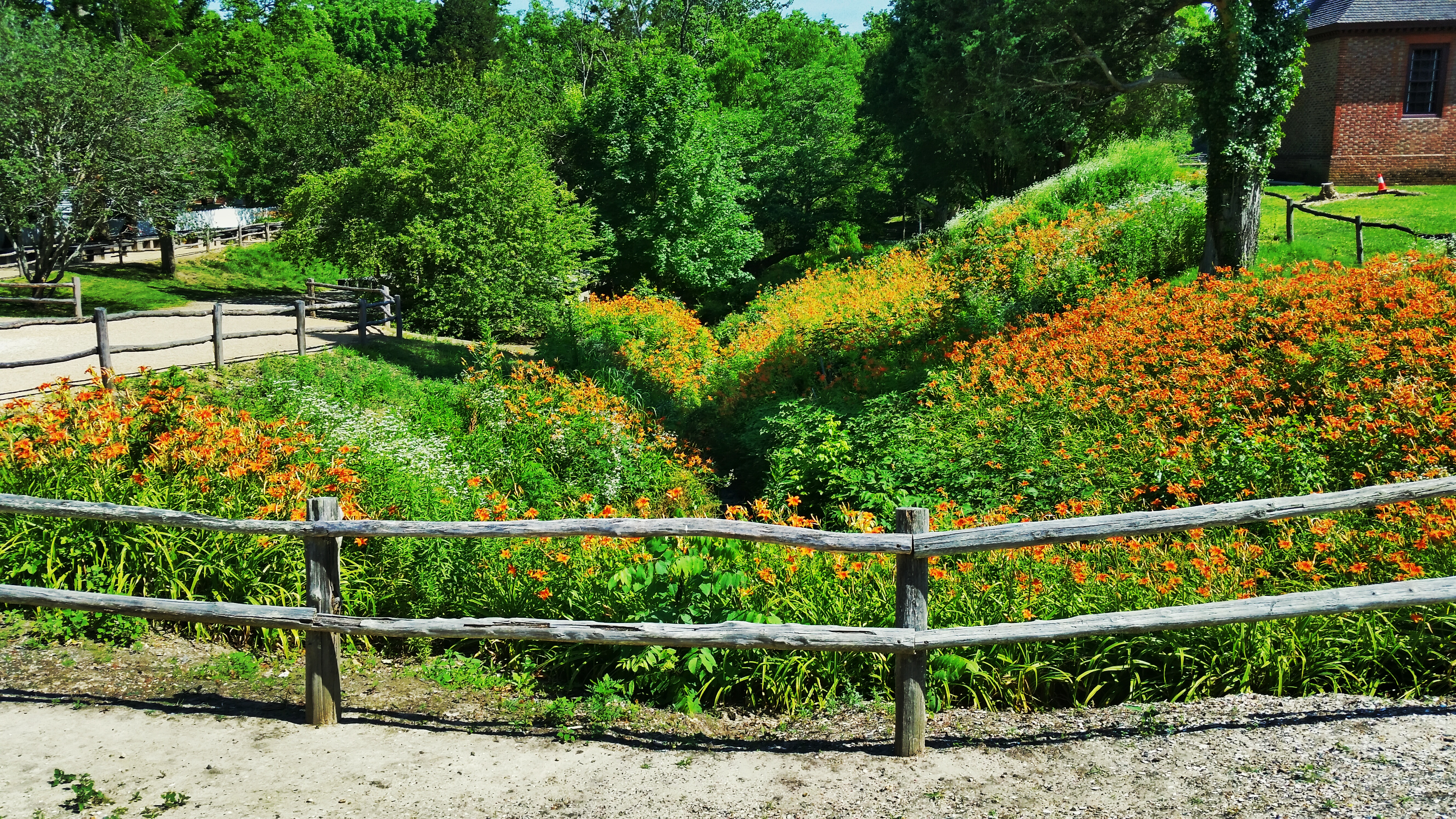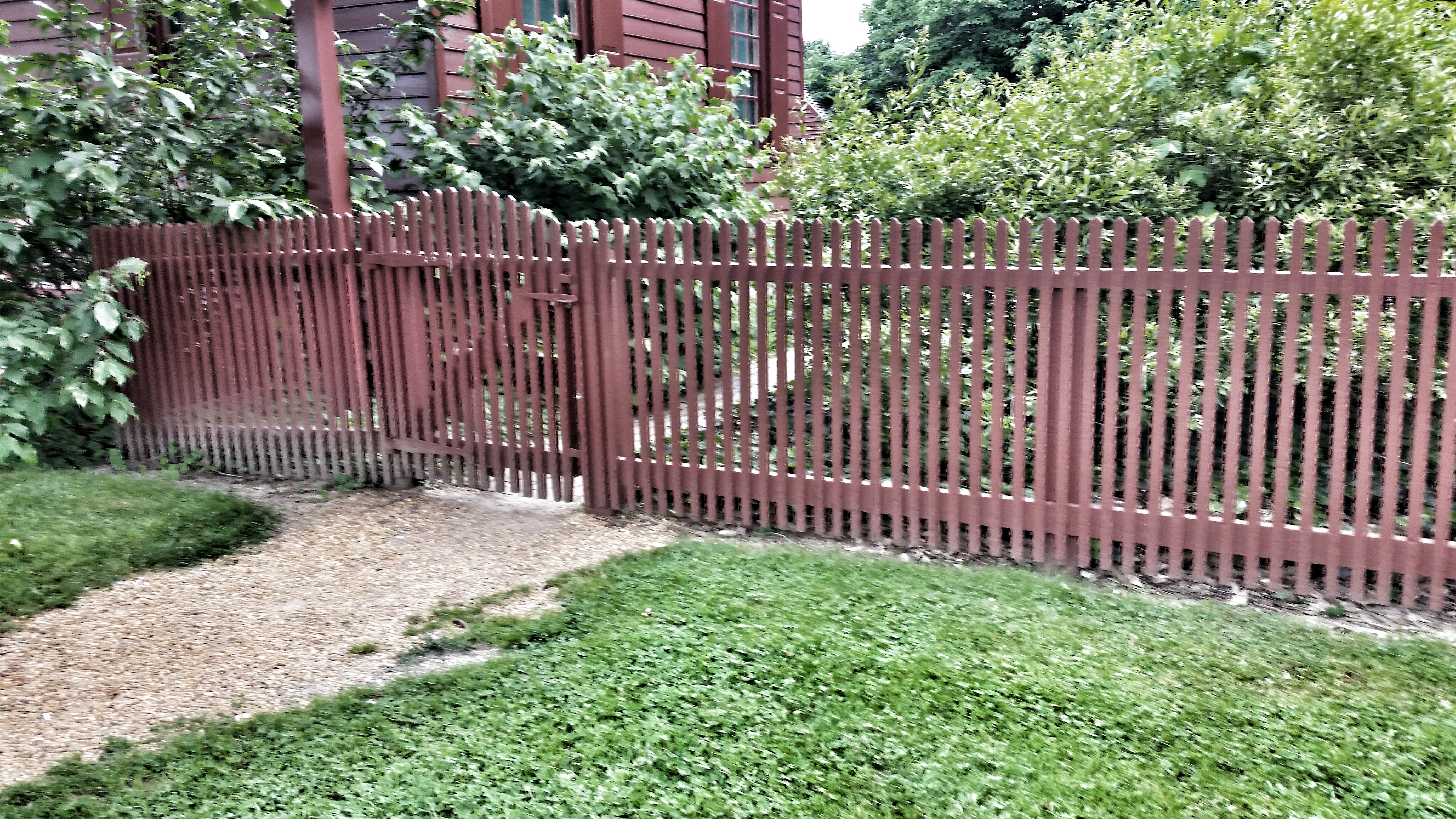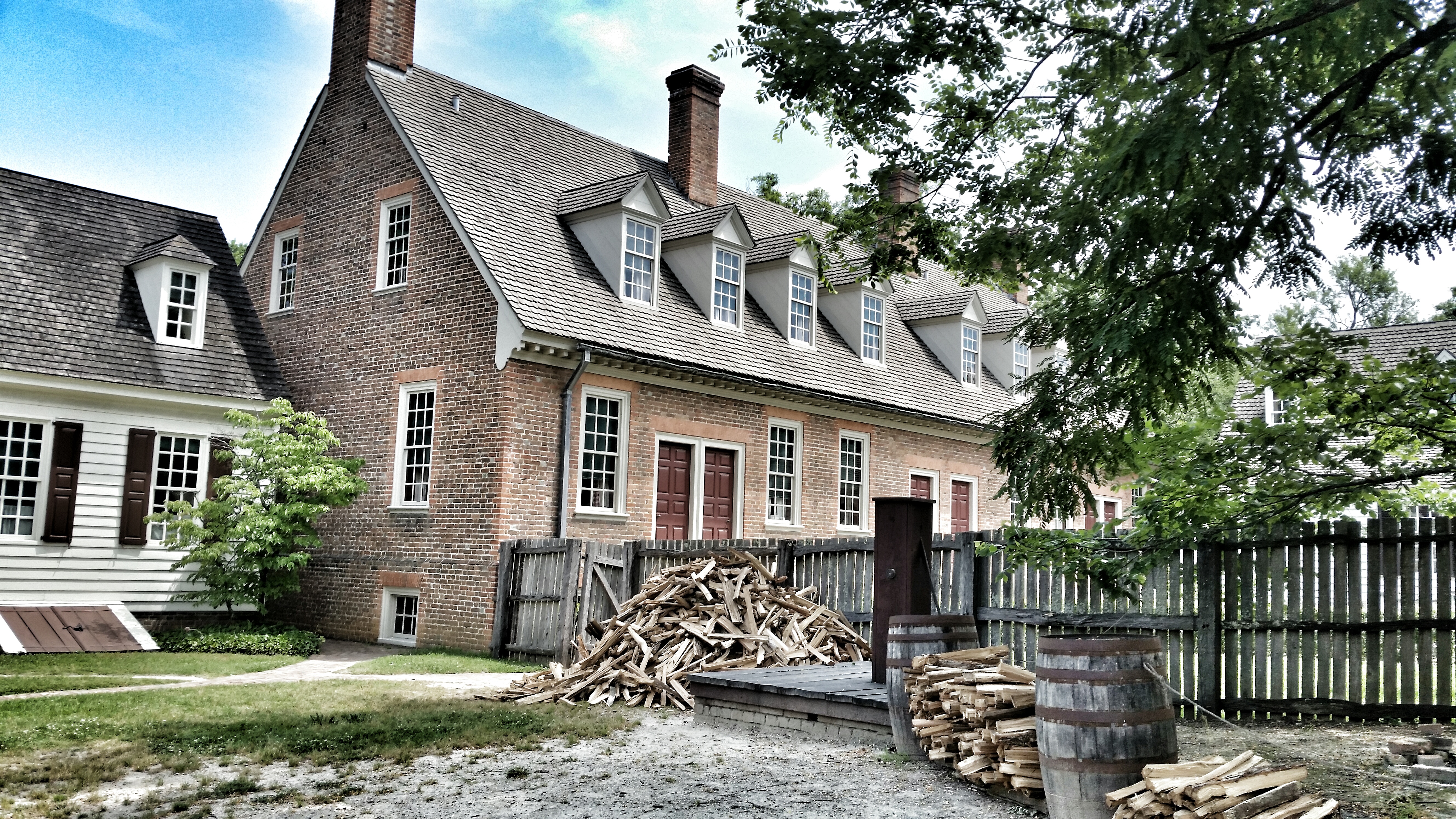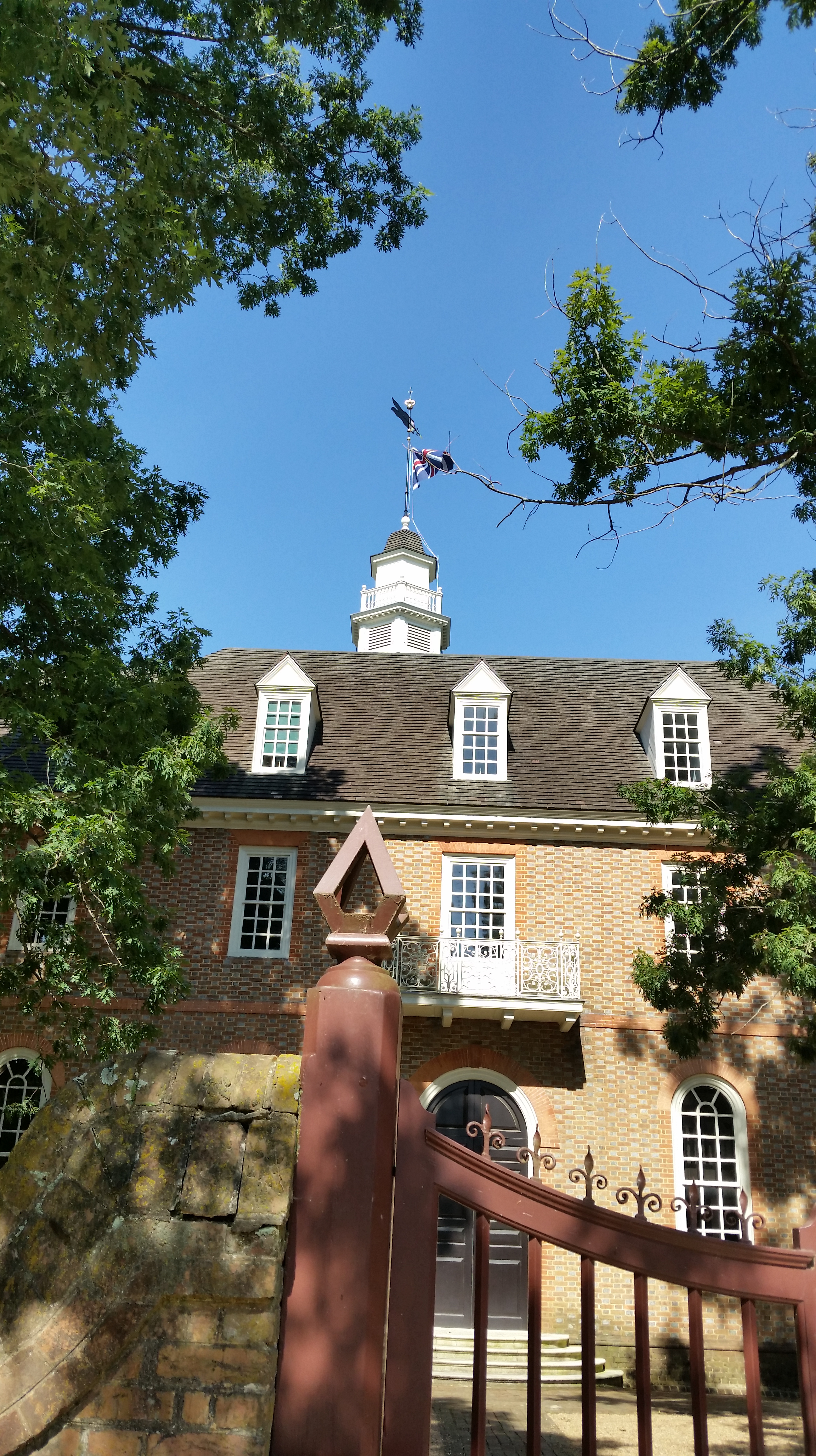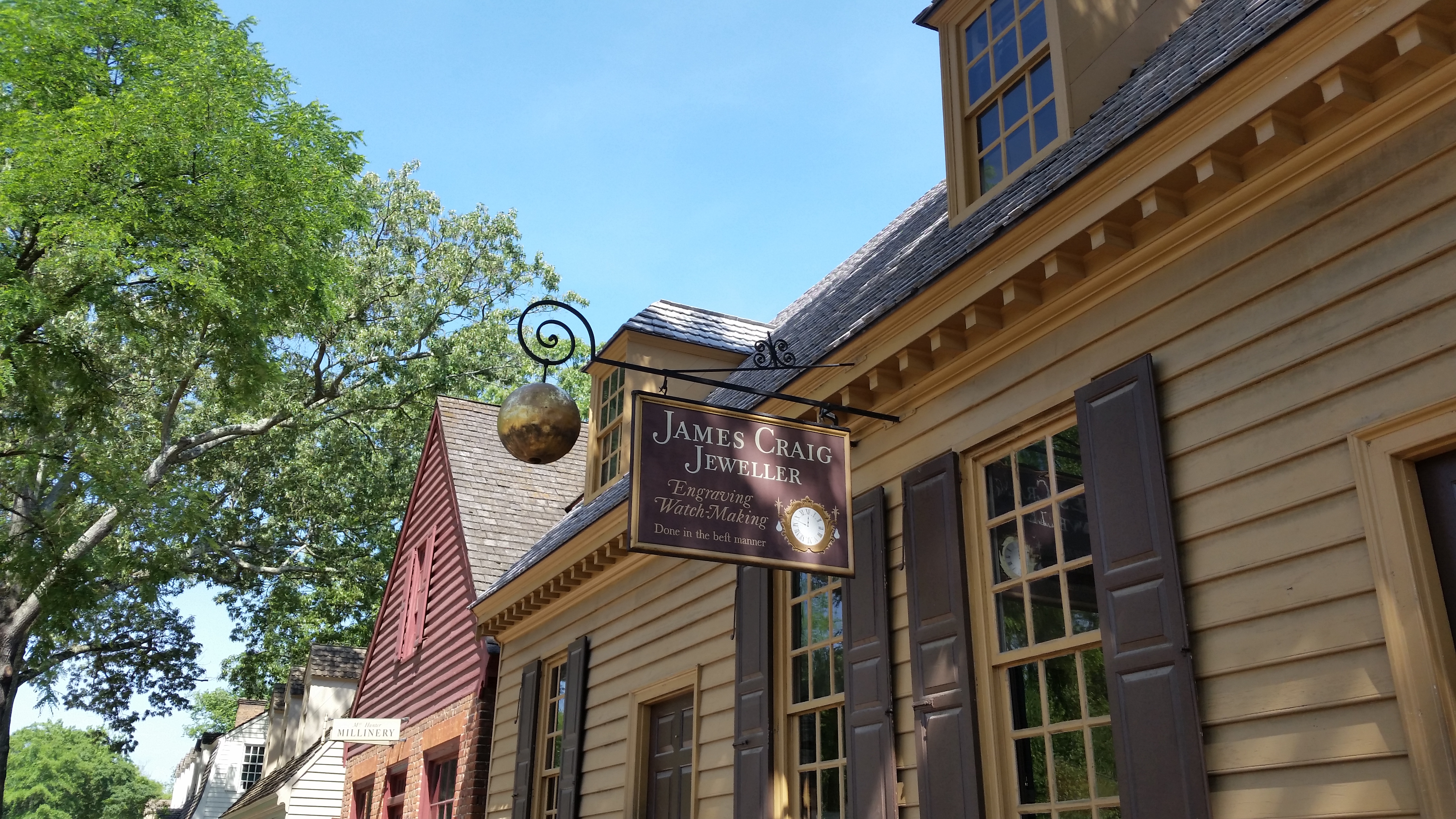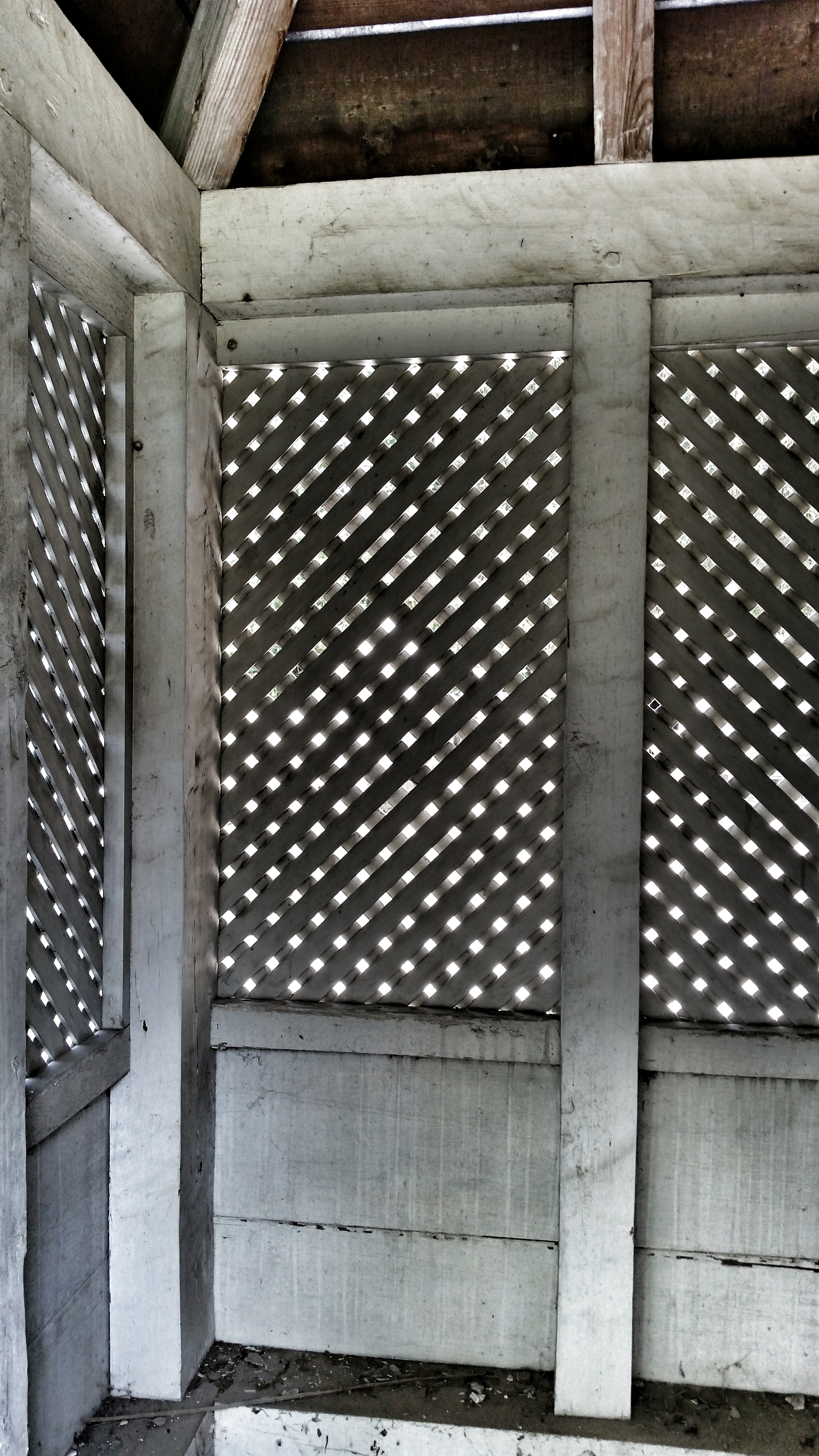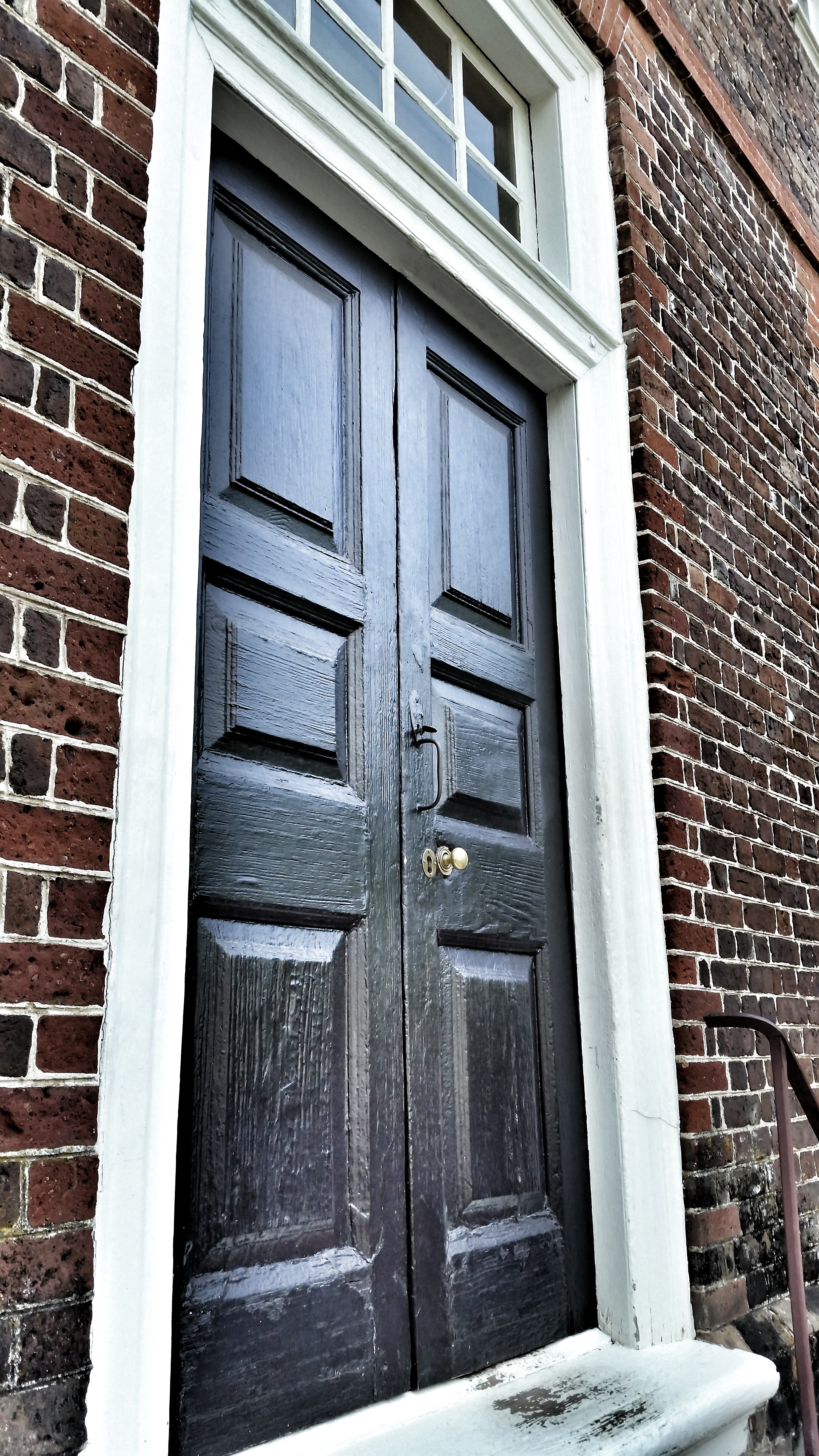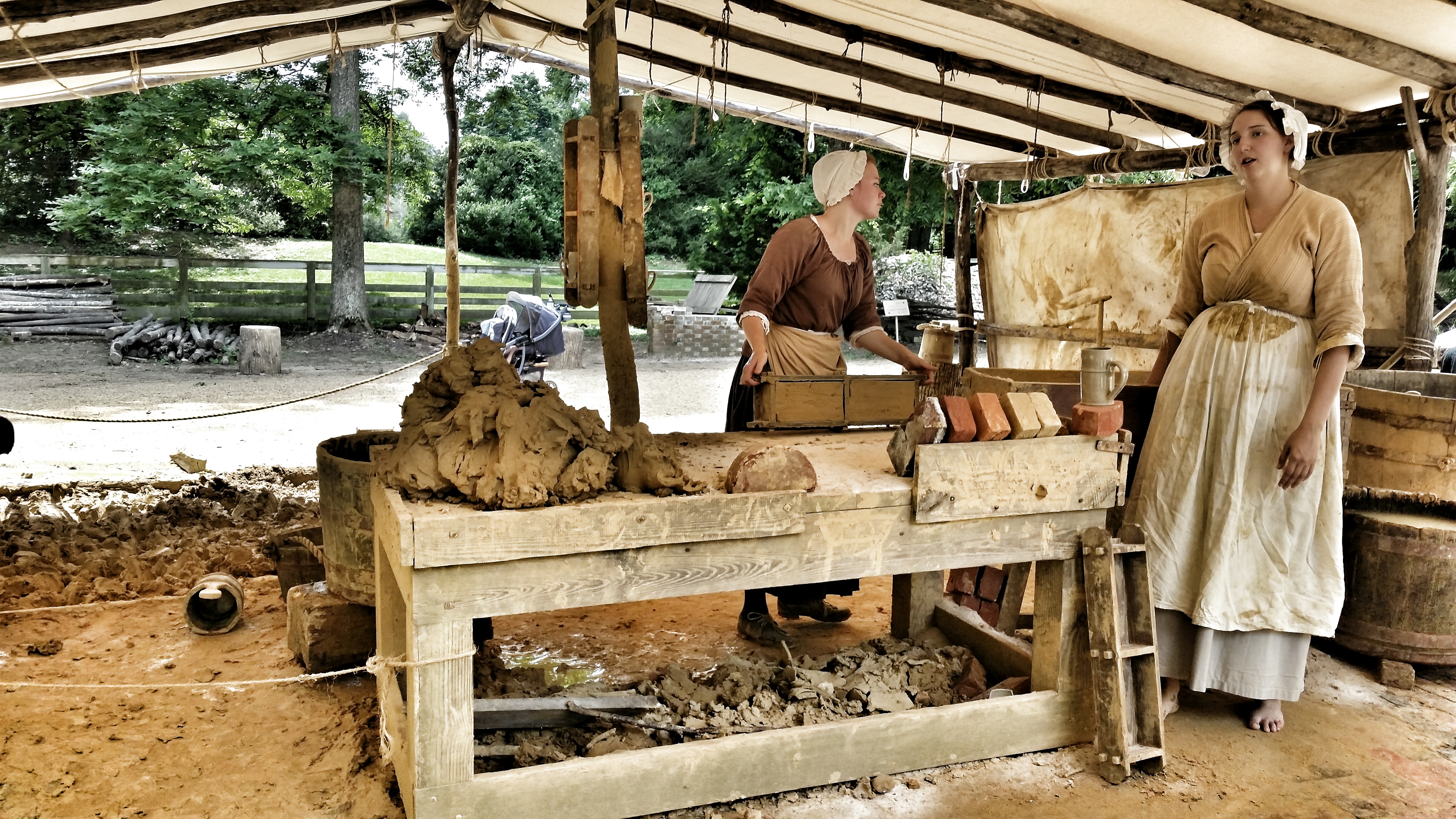
by harrisonburgarchitect | Feb 1, 2017 | Harrisonburg Architect
There are a lot of questions in the construction industry when you set out to build a new house. The biggest and first question in my mind – Do you want a custom home or just a new home? If you want a new home, why not buy one that already exists? You will get more for your money over building new as existing homes prices are still deflated, yes even after the “recovery.” If you want custom – meaning you want a home that is exactly what you want, healthy, energy-efficient, durable, functional kitchen, open floor plan – whatever it may be, then you need to pick an architect, not a drafter, an architect to do your design. You need to decide what kind of architect you want to hire. We come with specific knowledge and preference. You should pick an architect not just on experience, but also on personality – do you get along with us? Will we listen to you? Will we HEAR you?
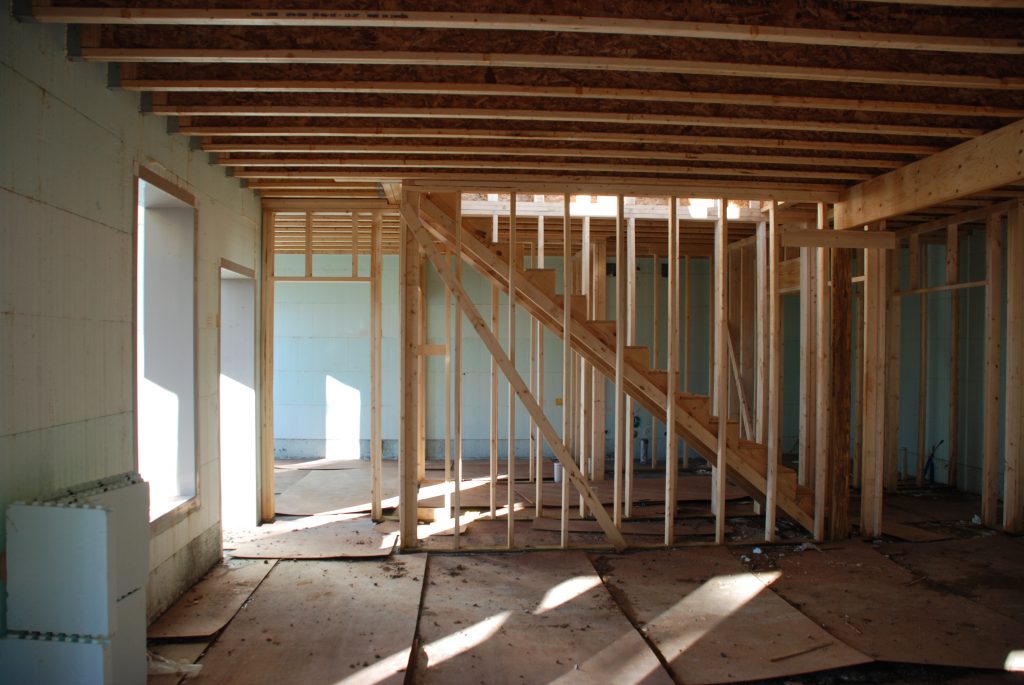
So why hire an architect instead of a drafter for a custom home? There are several reasons – first an architect is licensed with the state to do design and holds liability for the work they produce. Architects are trained to design, that means at least 3 1/2 years of school, but likely 5 or more years of school, 3+ years training under another licensed architect, passing multiple exams that take hours each, 3 letters of recommendation from other architects, and annual education maintenance. This compared to the drafters training requirement – a business license. There are drafters with more experience than others, but none have gone through all the steps of a licensed architect – OR they would be a licensed architect.
So why is this step so important for a custom home? It is simple, design up front saves you money during construction, creates a home that is specific for you, reduces your energy use and maintenance to operate your home, and work with me here – creates a better end product. So if you plan to spend money to build – why not get the best product possible.

If you want to learn more about building a custom home, here is a link for a LOT of information on the steps, questions, and concerns. Feel free to call or email me as well.

by harrisonburgarchitect | Jan 27, 2017 | Green Building, Harrisonburg Architect, project update
Click here for our first post on this house.
Click here for our past update.
Beck Builders is starting roof framing on Harrisonburg’s first ever Carbon Neutral home. The walls of the house are mostly insulated concrete forms, but a couple of walls needed to be wood framed. In order to achieve a high performance framed wall, we worked with the builder to design a system that eliminated thermal bridging and air leakage.

We added high windows for ventilation taking advantage of the chimney stack effect for natural cooling. The ICF walls are completely air tight and offer a high level of insulation value.

The deck provides incredible views towards the west.



The high windows provide natural light through the living room space. The open floor plan provides ample space for entertaining friends.

This home is setting standards for others to follow literally doing testing and analysis. This information will provide us with data to offer better design for those seeking energy-efficient, carbon neutral design solutions.
by harrisonburgarchitect | Jan 26, 2017 | Harrisonburg Architect
Work continues on the Speech and Language Center in Harrisonburg. The walls are up, the roof is on, and the windows are installed. This site offered a lot of challenges with the existing structure and tight property boundaries. The added space is going to make a huge difference and we were able to get very creative to maximize the expansion. The single slope roof allowed for more space to be created on a new second floor. The vaulted ceilings in the entry space will be filled with light and offer a great first impression to clients coming in the door.
This project is a good example of how design-build works well on specific kinds of projects. We needed to carefully knit this old building together with the new addition. So through the design process the builder, Bryan Nesselrodt Construction, had to do some digging to determine what was there and how it was built. With such a tight site and working with an existing structure that had a lot of unknowns, the team approach with architect and builder on the same page saves the client money.
For past posts about the Speech and Language Center: click HERE.

by harrisonburgarchitect | Jan 12, 2017 | Harrisonburg Architect, project update
Click here for previous project updates on this house.
Our Carbon Neutral house project in Harrisonburg, just behind EMU, is making great progress. This home, like the net-zero home just up the street, is aiming for producing as much energy as needed. The difference is that this home owner wants to offset carbon used for lifestyle not just running their home. 

So we are once again using ICF blocks (Insulated Concrete Forms) to create an airtight highly insulated wall system. This reduces the heating and cooling loads on the home thus reducing energy usage.
This house is being built by Beck Builders includes a geothermal system. The geothermal system will not only heat and cool the house, but will also supplement the water heating system for domestic water. You see, once you get a home very well insulated, heating water is the next big energy user in a typical household.
We love that the power needed during construction is also being made by the sun. This builder uses a SUNRNR of Virginia generator to supply site power.


The views from this home are pretty incredible. This is from the second floor bedroom window.

The house features high ceilings in the living space, a trombe wall, and appropriate overhangs to take advantage of passive solar design. The large south-facing roof will be covered with solar pv array.

Standing on the stair landing looking down into the living room and kitchen is a clear example of how open this floor plan will be upon completion.

by harrisonburgarchitect | Jan 11, 2017 | Harrisonburg Architect
Harrisonburg Zero Energy Home – Update
Click here for a previous update on this project.
Progress continues on our Zero-Energy home that is under construction on Willow Run Road just outside of Harrisonburg. This home will produce the amount of energy needed for operations on a net basis. In other words, during the daylight hours, the solar pv array will produce enough energy back into the grid that the house can be powered via the grid at night. In order to make this design affordable, we super insulated the walls of the structure.

We decided that Insulated Concrete Forms was the best wall system for the structure to reduce heating and cooling demand. This is also a very quiet wall system and durable for a very long time. The insulation is on the inside and outside of the concrete wall. This is air tight and continuous insulation making a high performance wall assembly. 

We went to visit the site on the day that they were pouring the first level concrete walls. It is an excellent learning opportunity to see the builders in action and hear their concerns about the assembly.
The system is fairly simple to stack. The key is to reinforce in the right places and pour at the right speed to avoid “blow outs” during construction. This job was flawless while we were there. The builder took extra care around the angled walls to keep everything tight and straight.


The basement walls and workshop under the basement are not conditioned spaces so they do not require the ICF walls.
 The steep site allowed for the garage to enter on the first floor level making the entire house accessible if that is ever a concern in the future.
The steep site allowed for the garage to enter on the first floor level making the entire house accessible if that is ever a concern in the future.

by harrisonburgarchitect | Dec 27, 2016 | Harrisonburg Architect
Another day trip idea for your holiday break – Williamsburg, Va
Here is another day trip idea for your holiday break – Williamsburg, Va. This city is located in the northern part of the Hampton Roads area. It was founded in 1632 as a fortified settlement on the high ground between the James and York rivers. The city was the capital of the Colony of Virginia from 1699 – 1780 and the political center that led to the American Revolution. We visited this summer on a hot and humid day – I would imagine this week is way more appealing temperature wise. There are many buildings to see, details to find, and history to experience.

We started our day at the visitor’s center, crossing the bridge of dates and differences made by people over the years. What difference will you make NOW is the challenge for all of us moving forward.


There are so many architectural types, styles, and details to take in throughout the historic village.












The details in the brickwork is amazing for buildings this old. They truly took time to make the architectural details beautiful.







There are reenactments scheduled throughout the day telling the story of the American Revolution.

When we were there, the gardens were all in bloom. The landscape design tells its own story of class and function.





From the signs, to fences, doors, locks, and walls the architecture speaks in this place.




The girls even took off their shoes and pitched in making mud for the bricks. I reminded them that I draw the brick – I don’t make the brick!



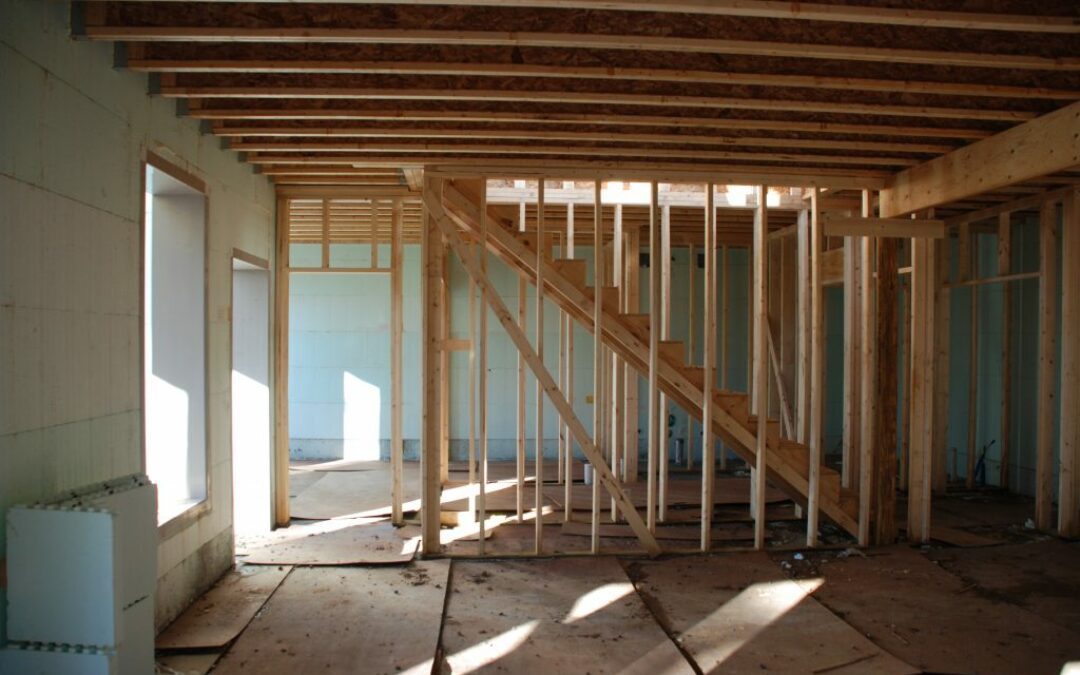

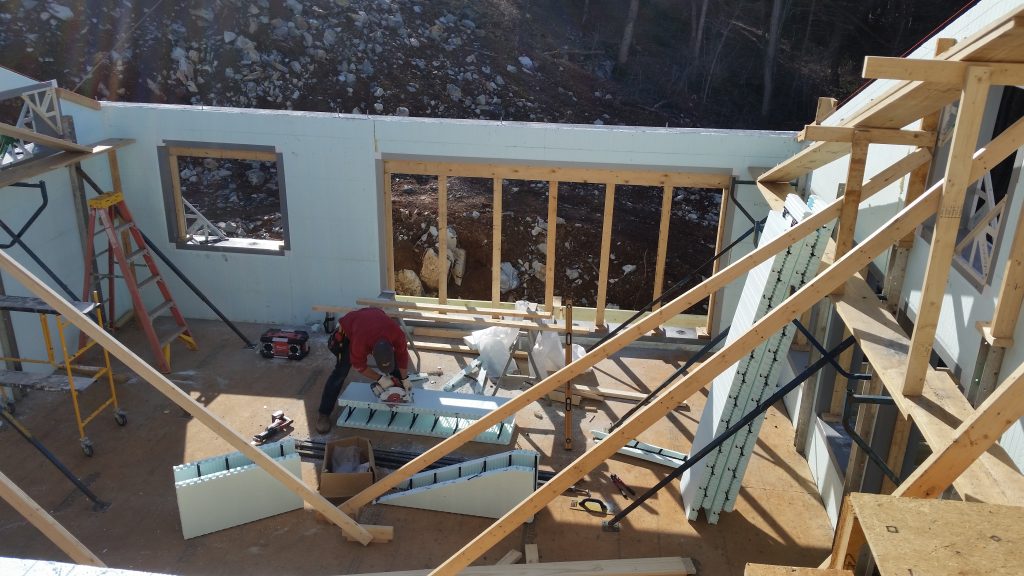

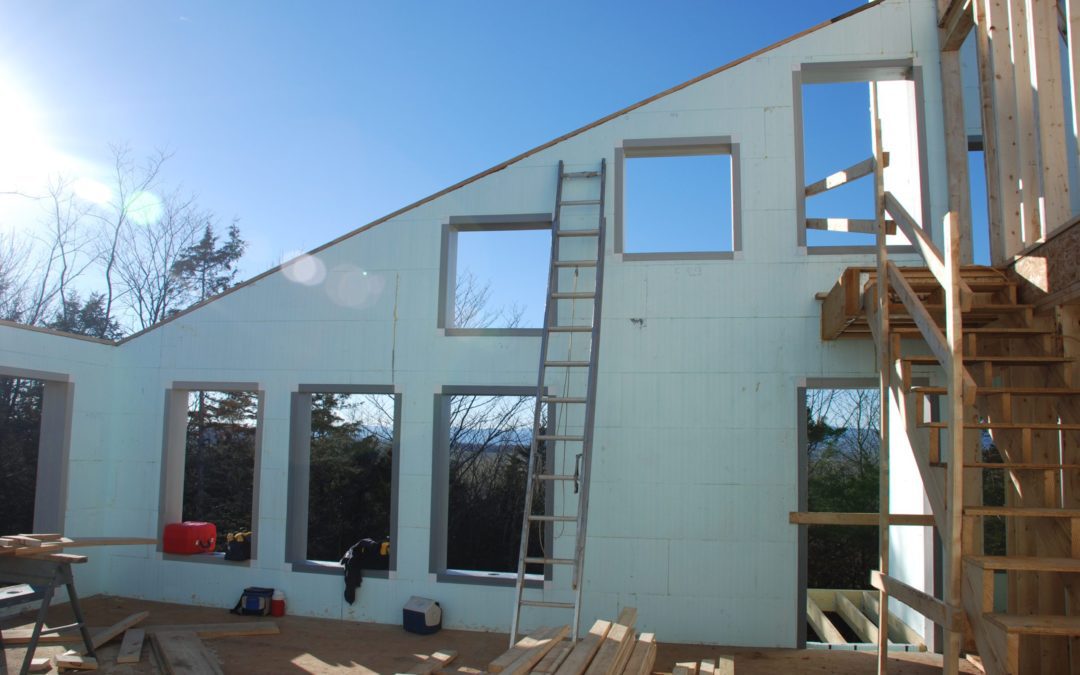
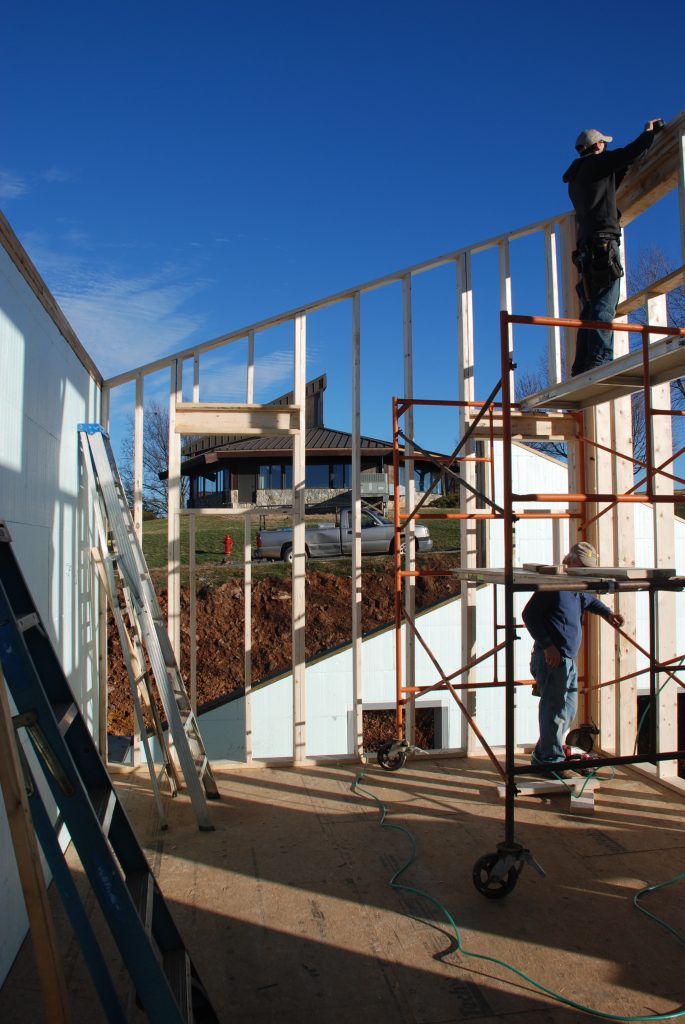
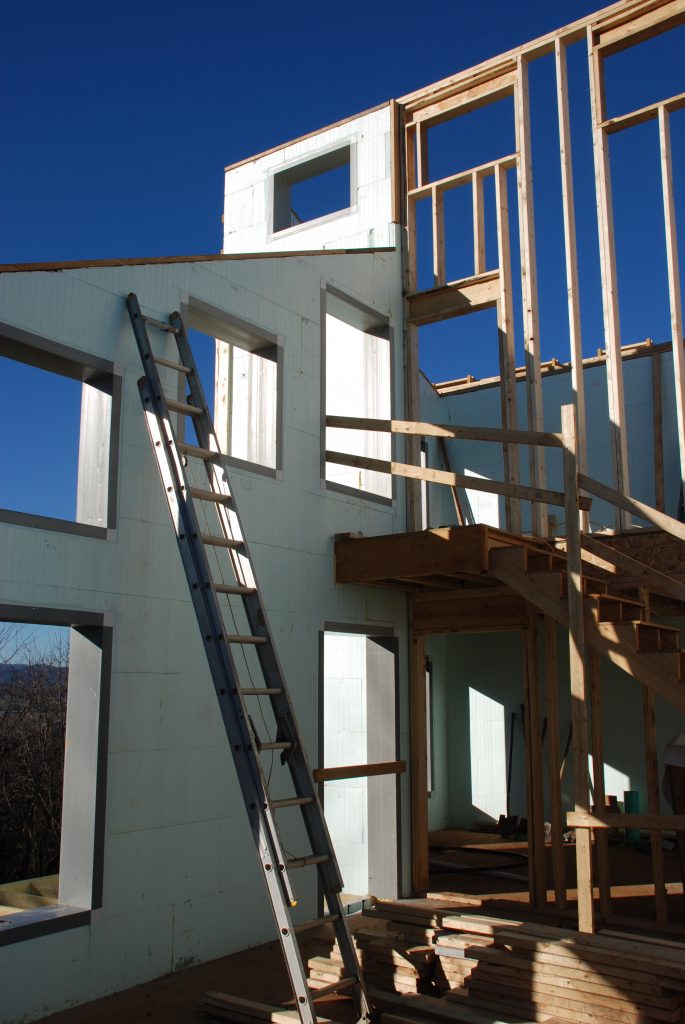
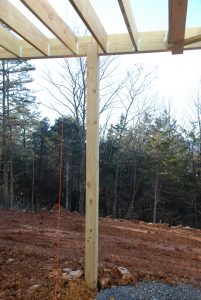
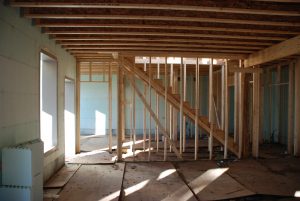
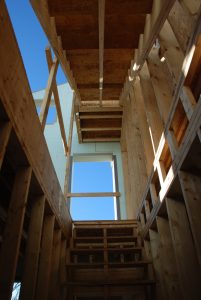
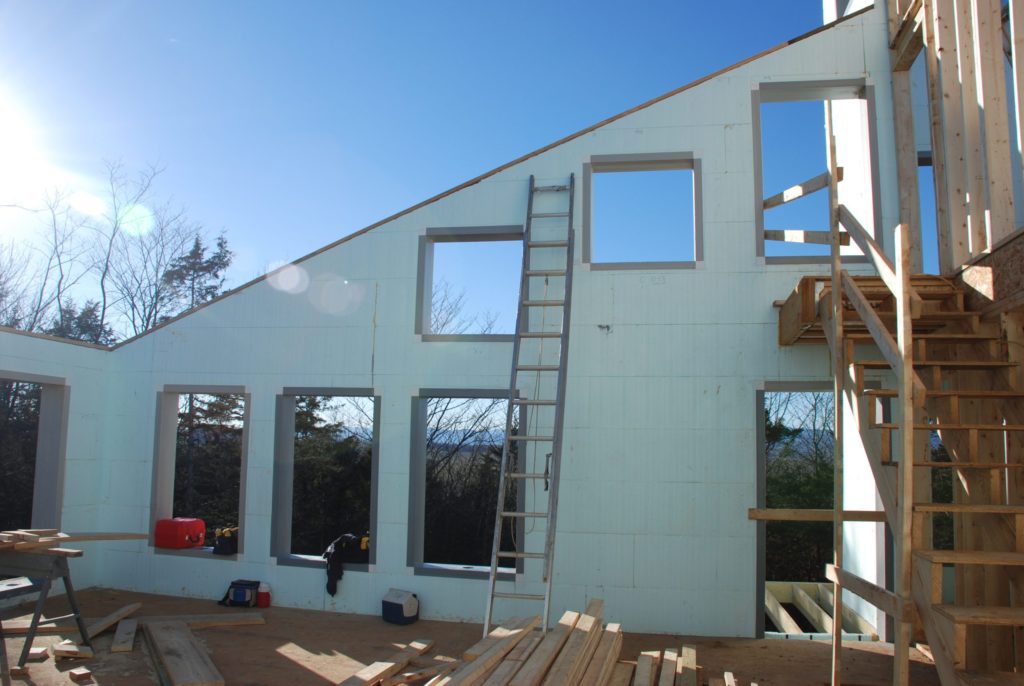
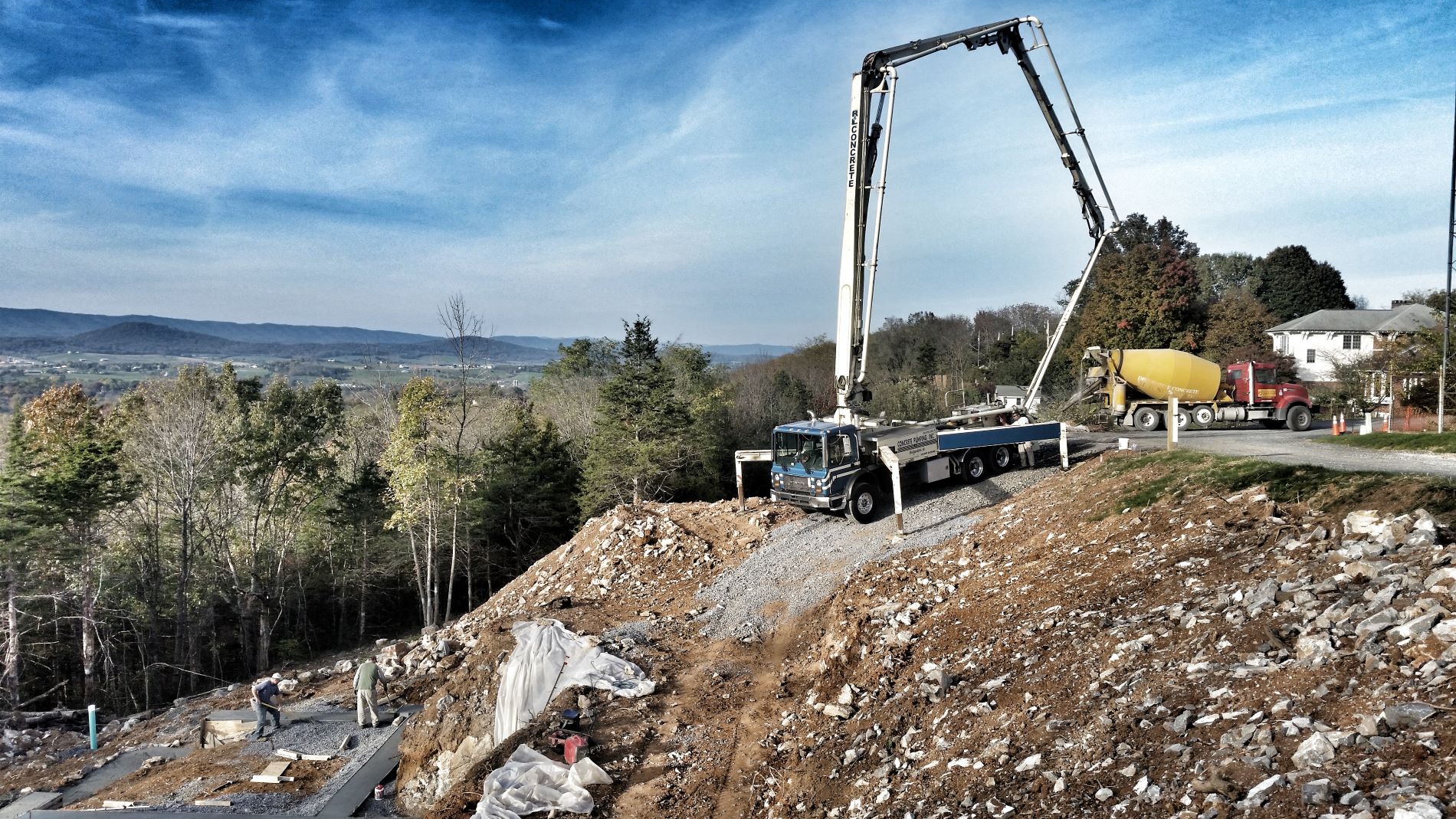
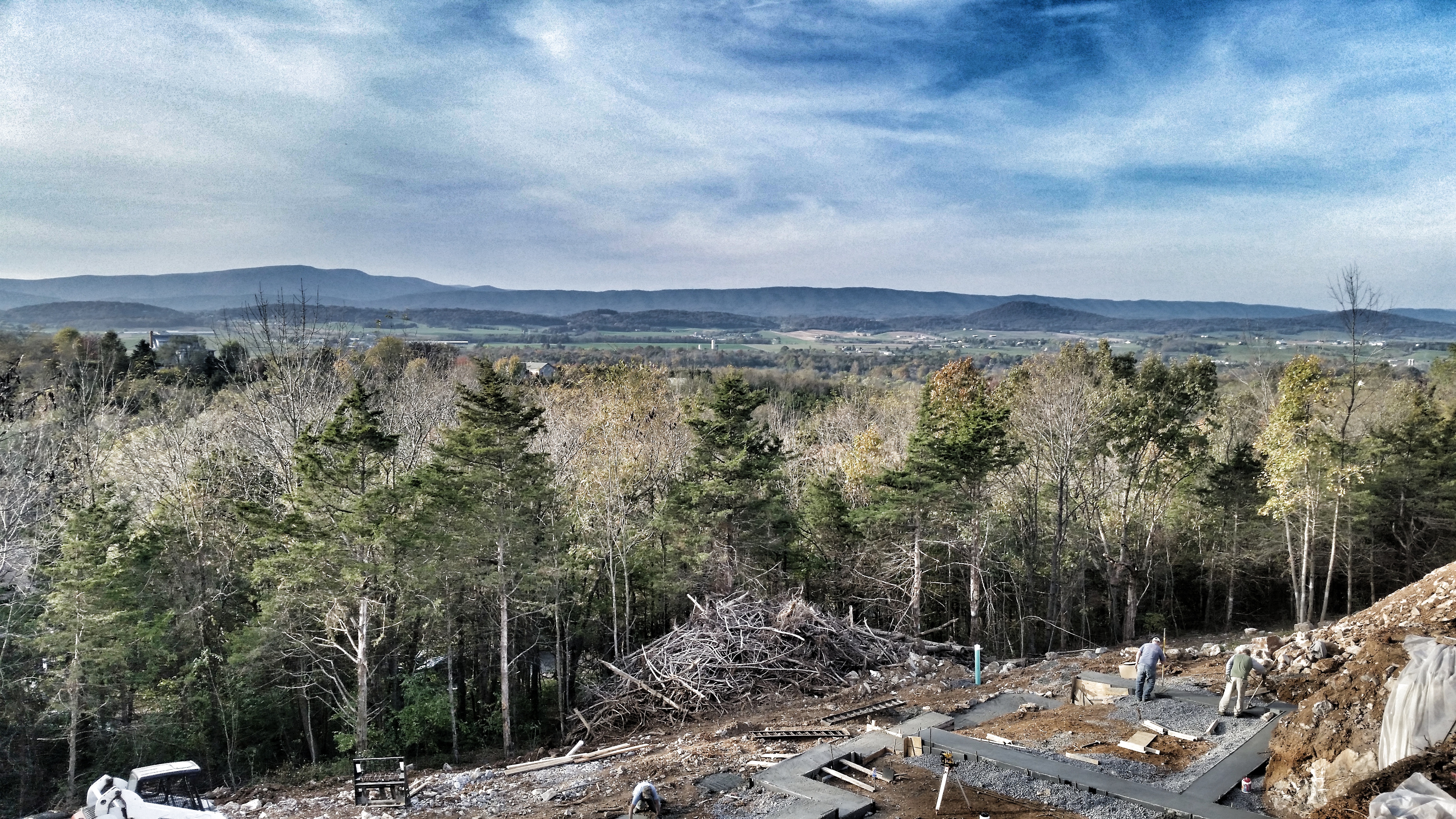
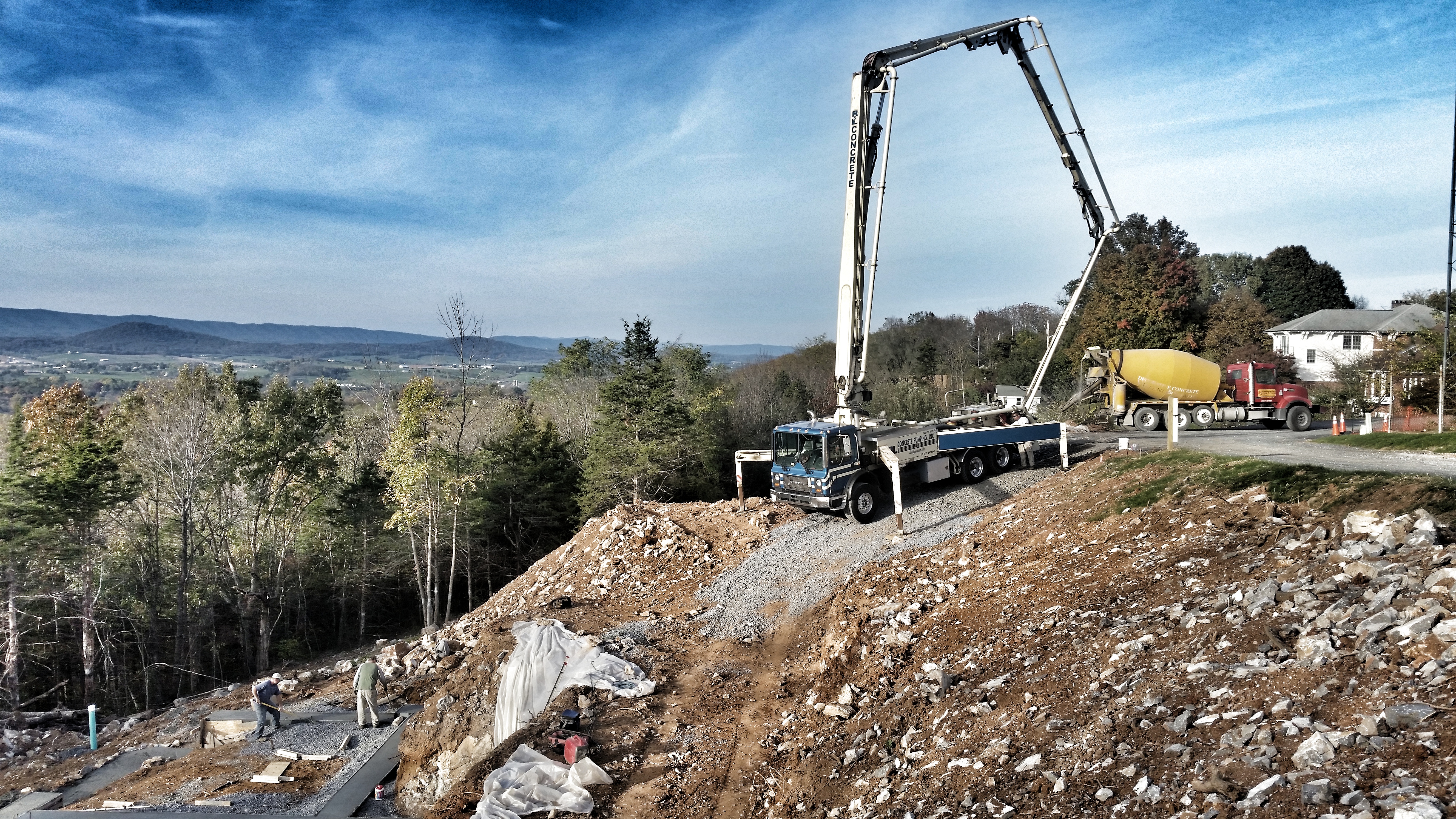
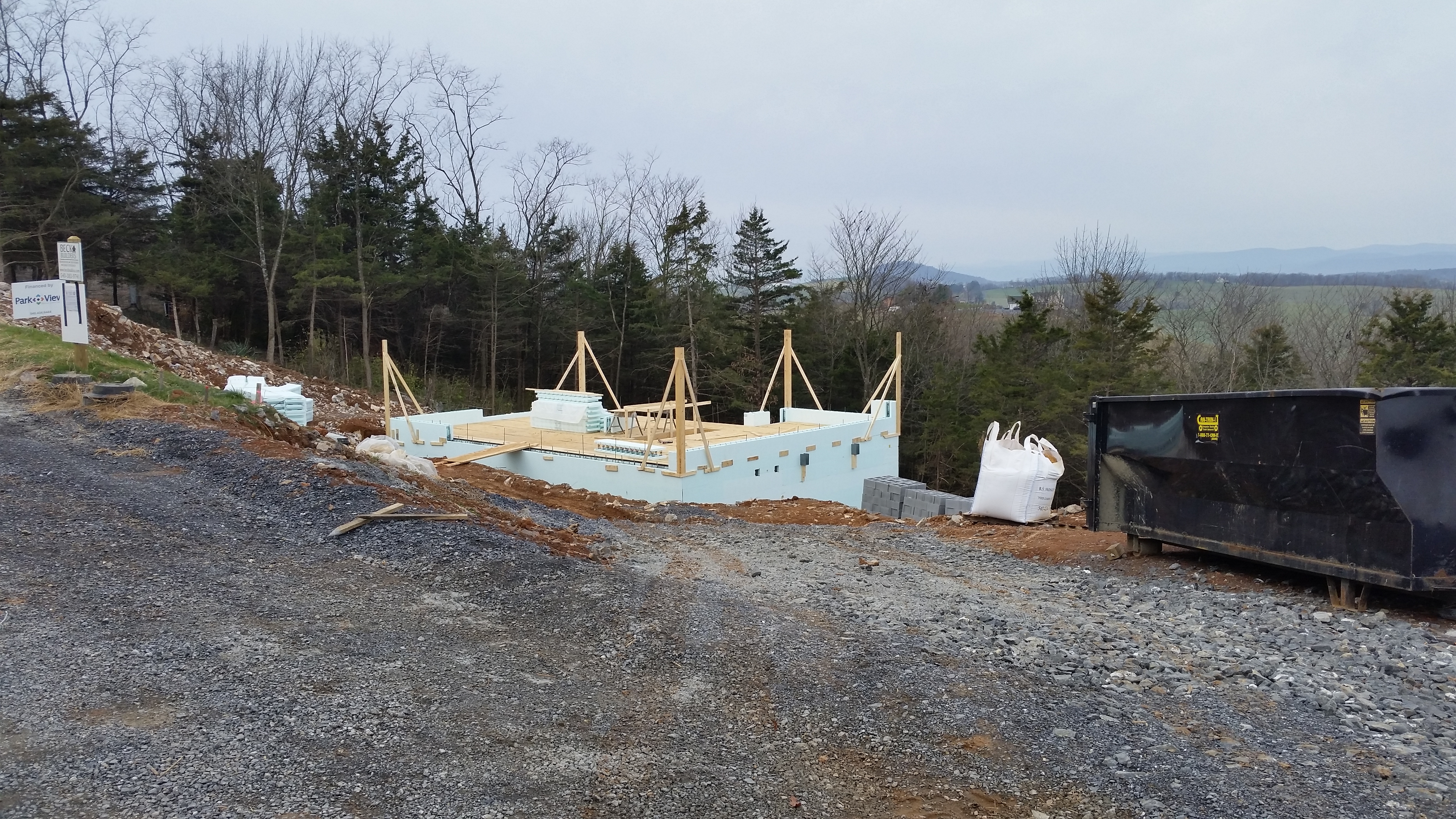
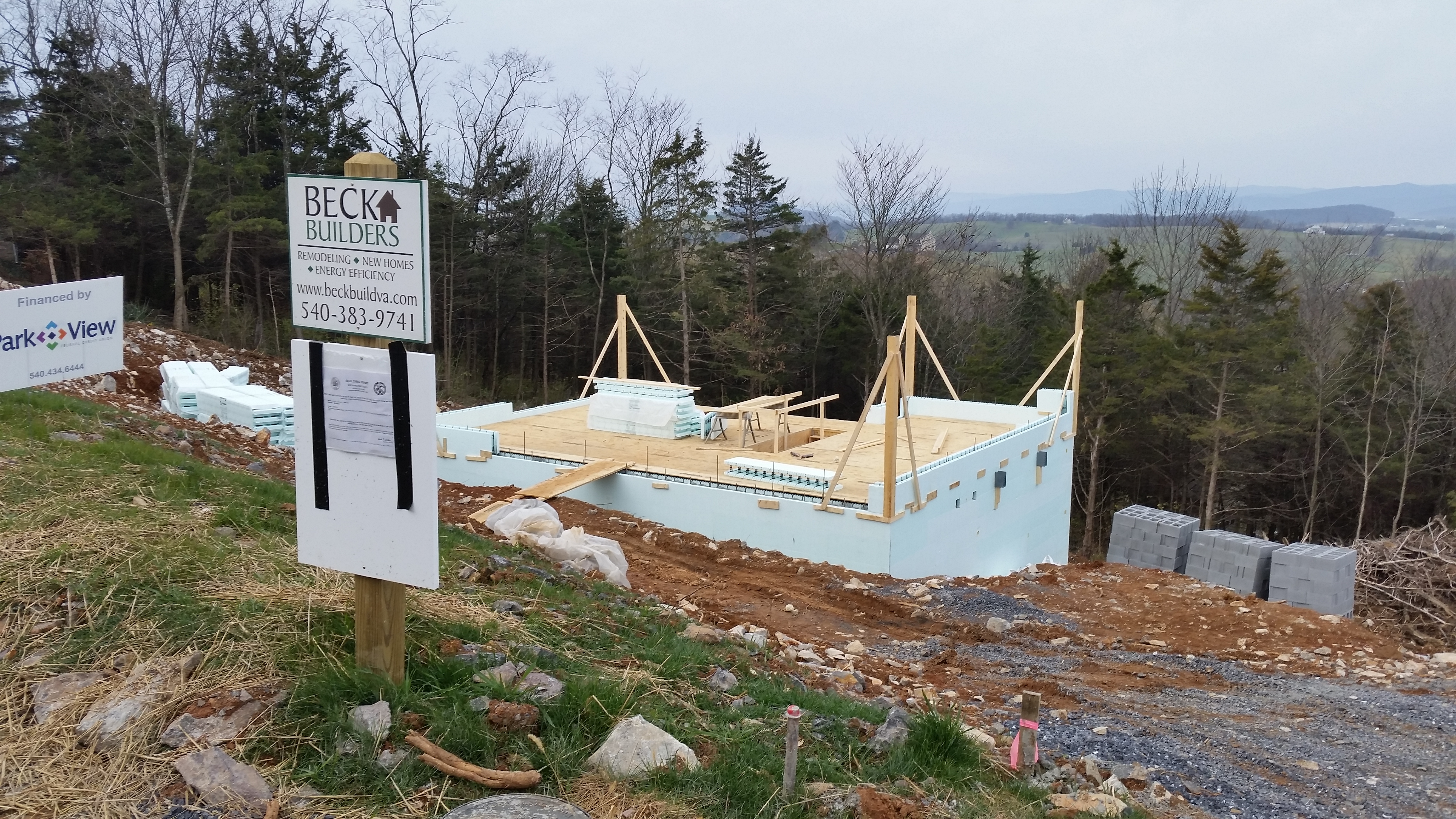
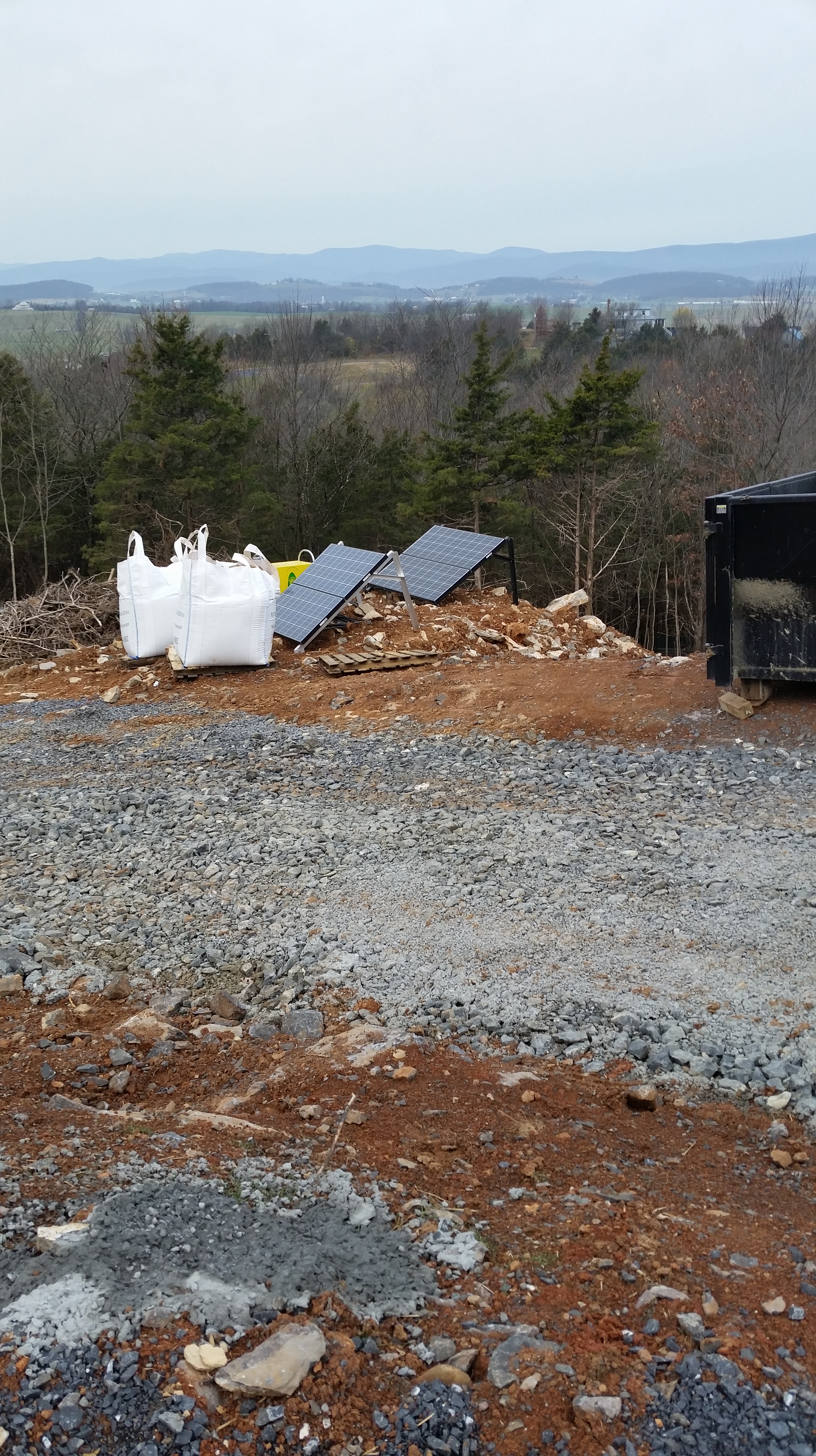
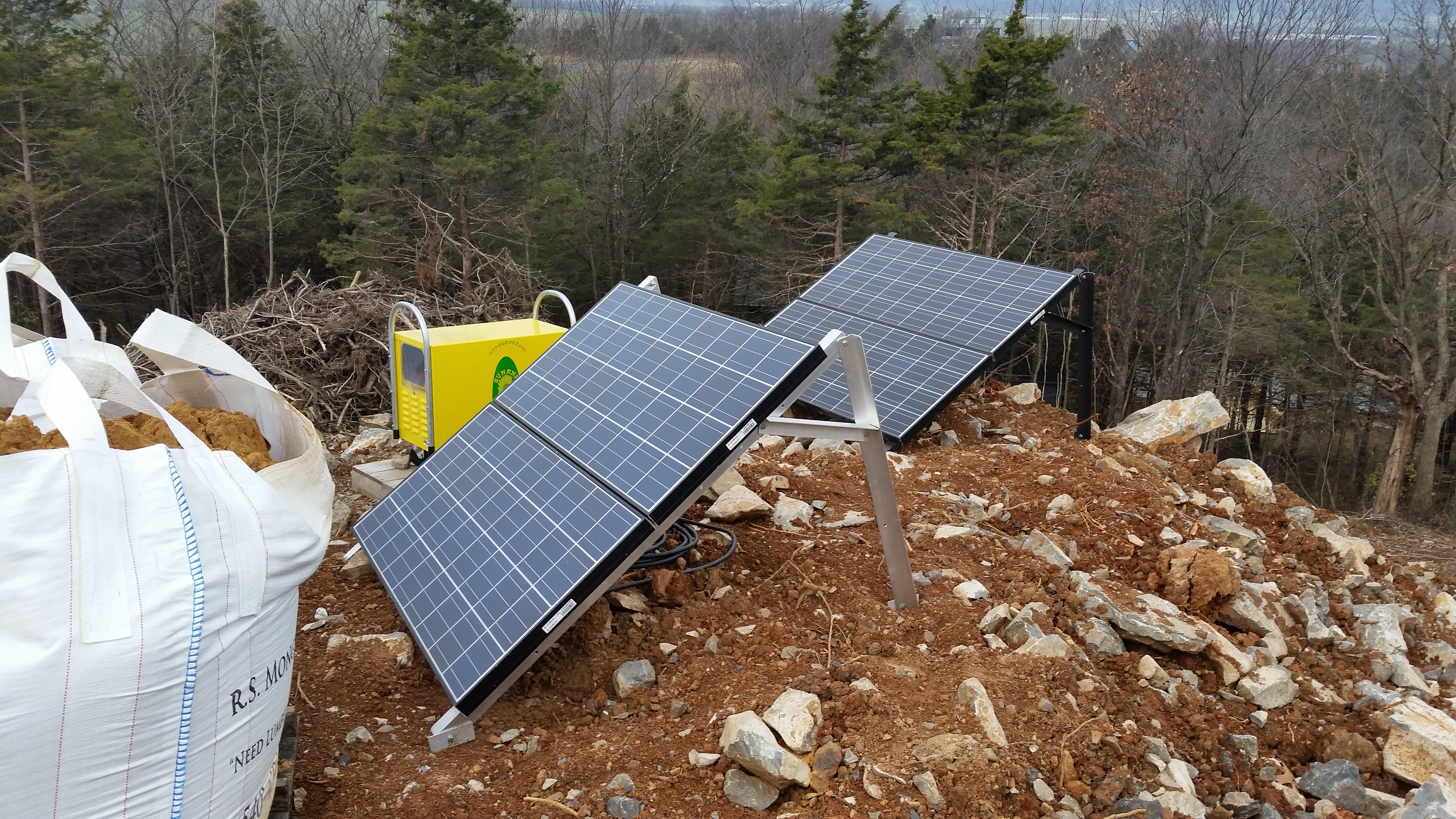
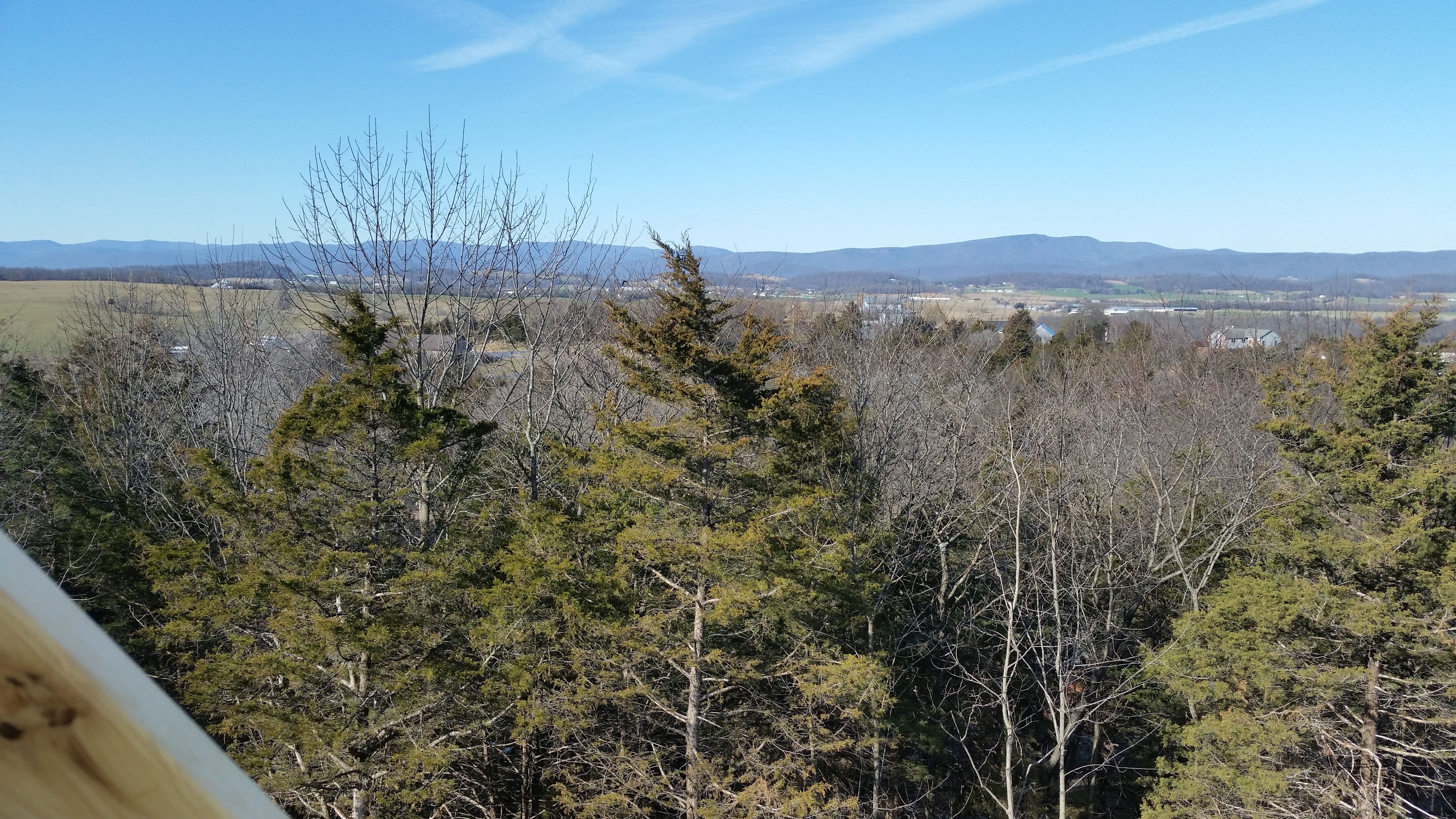
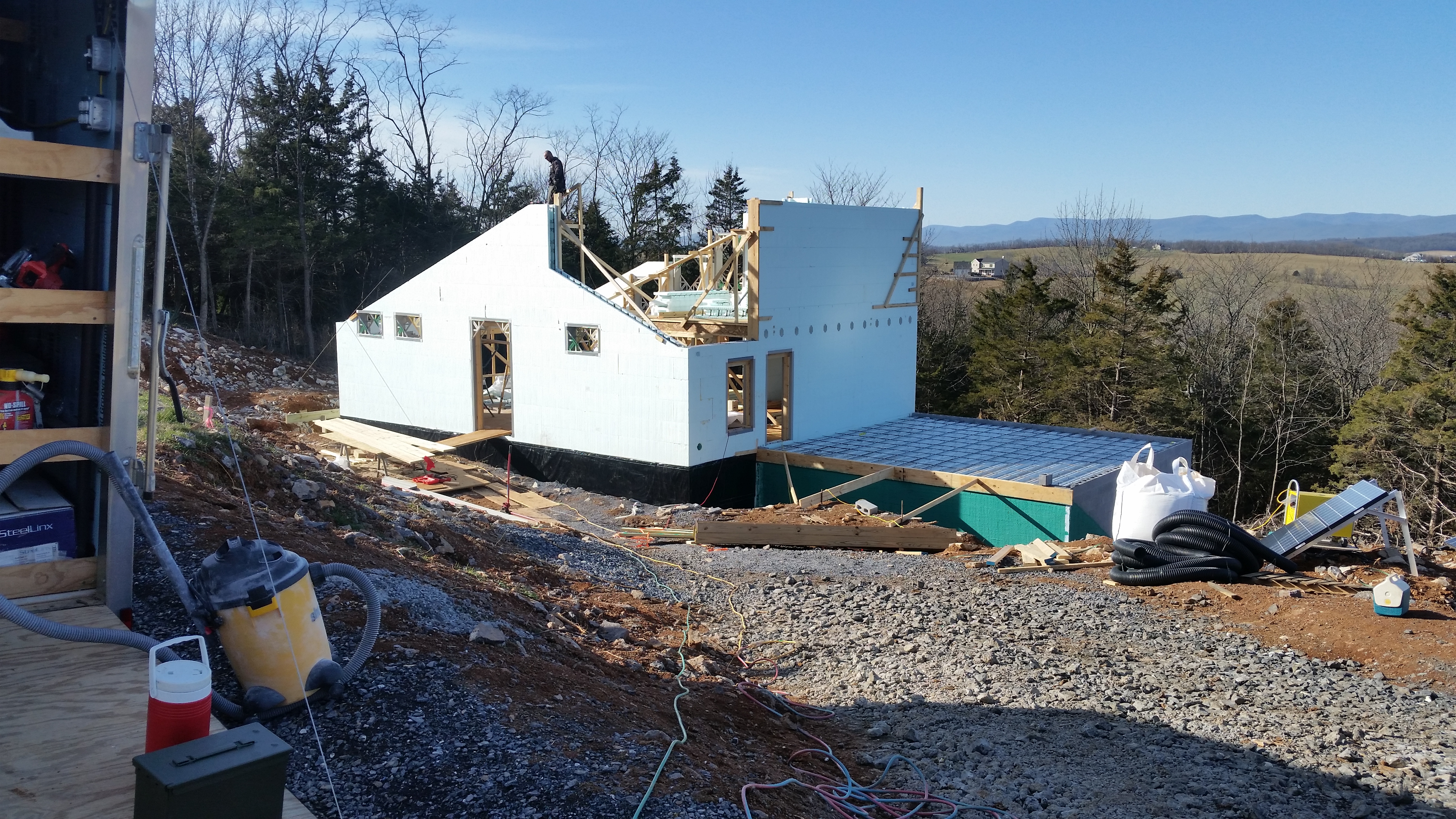
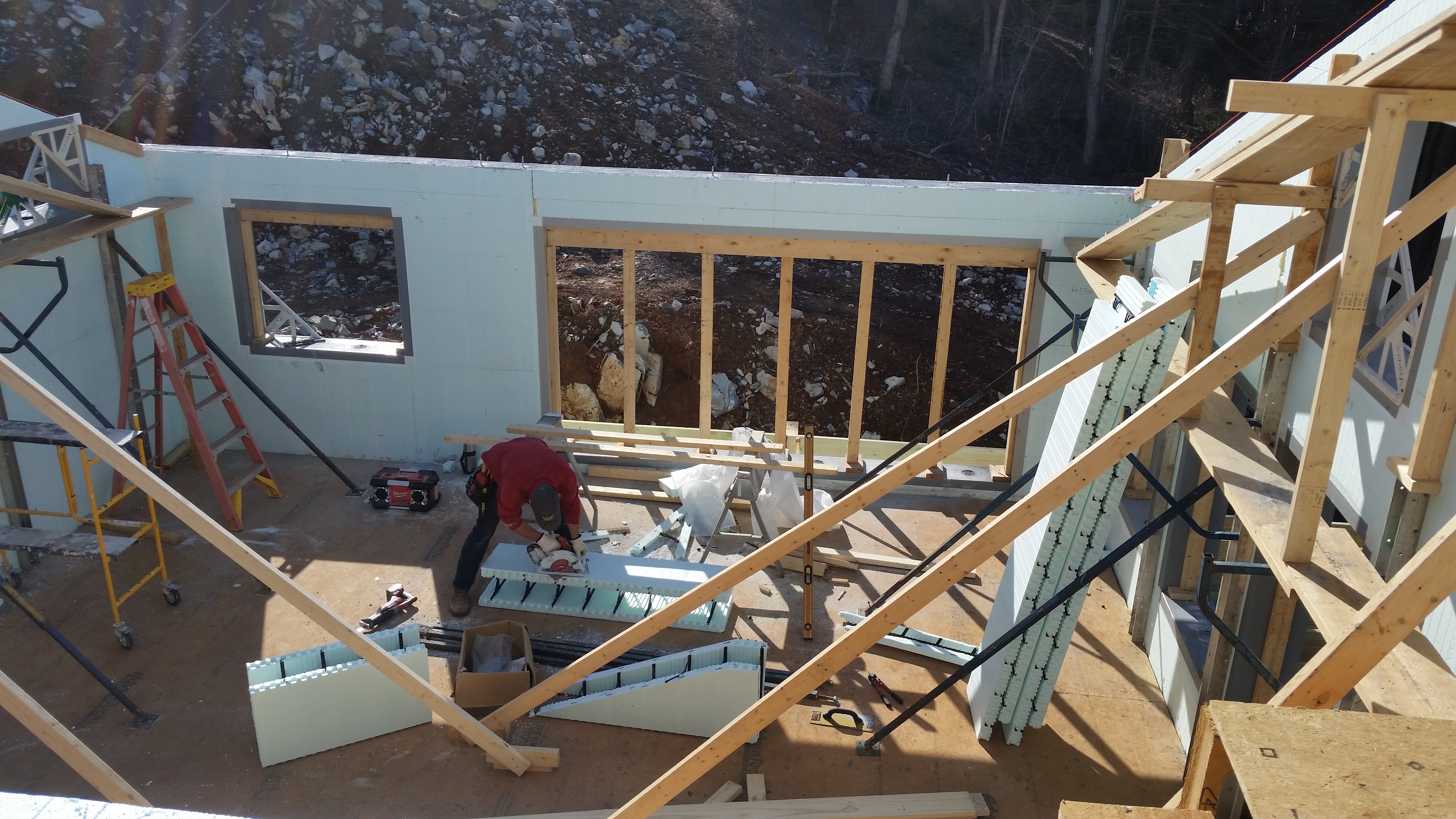
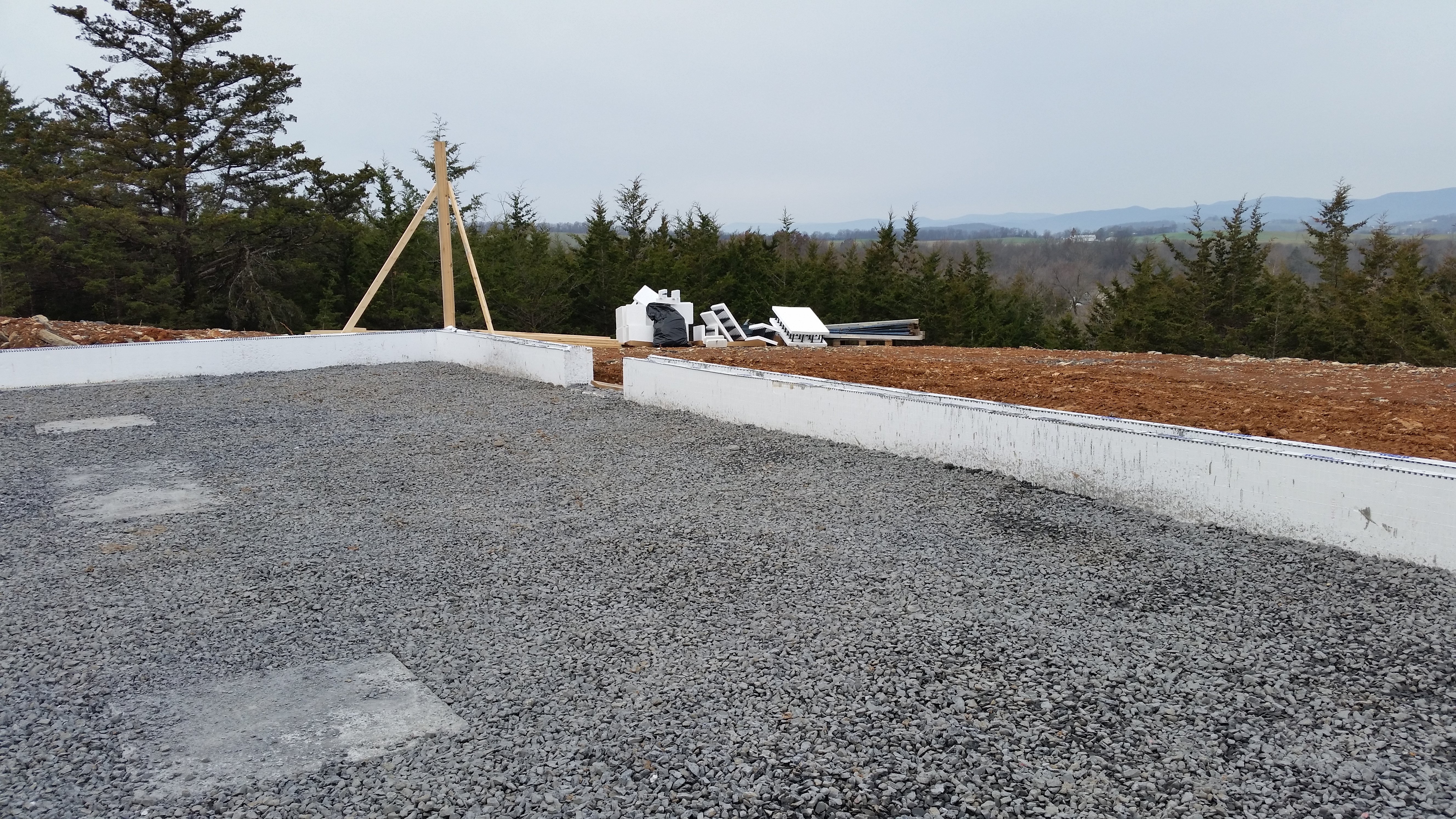
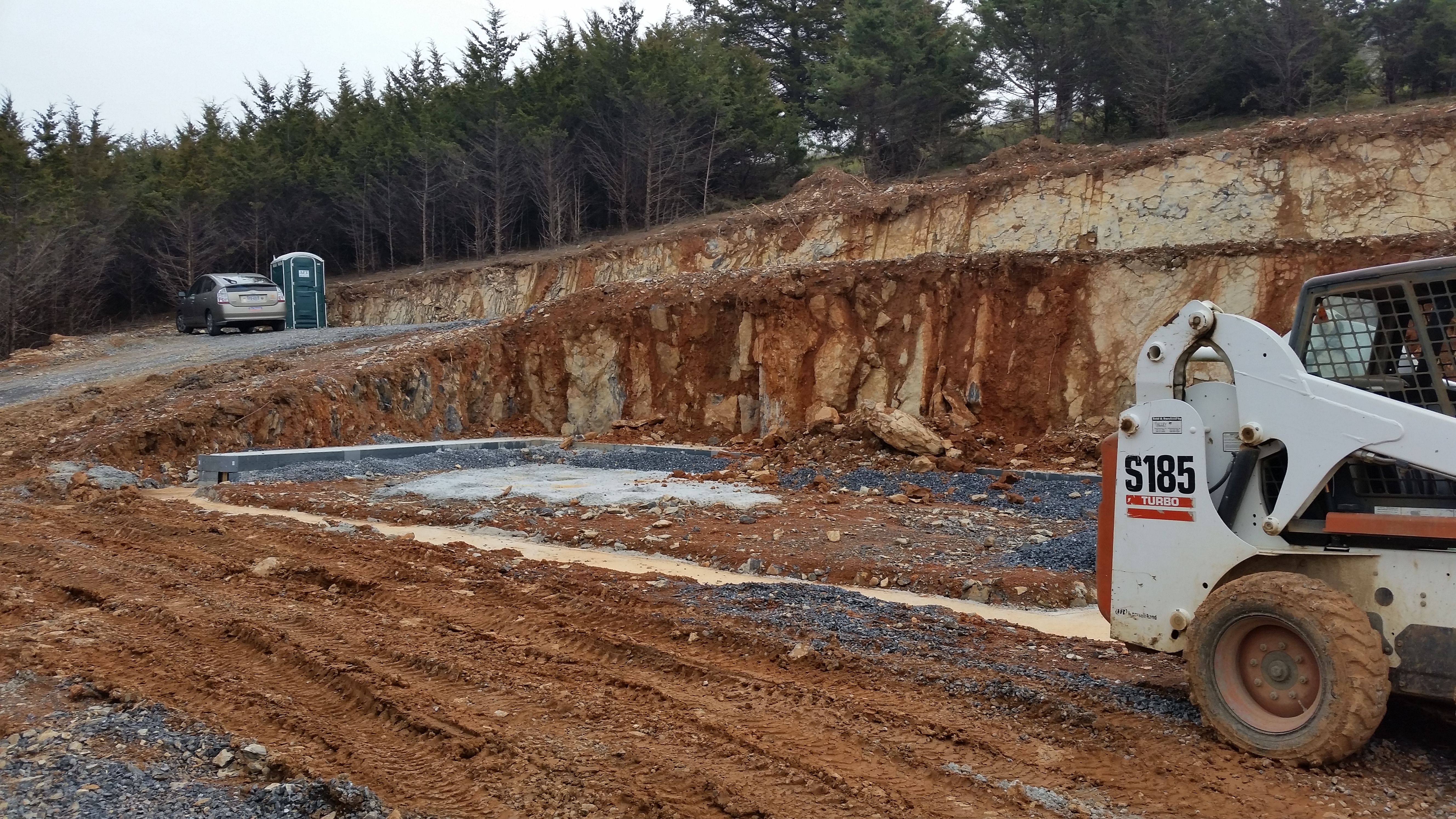
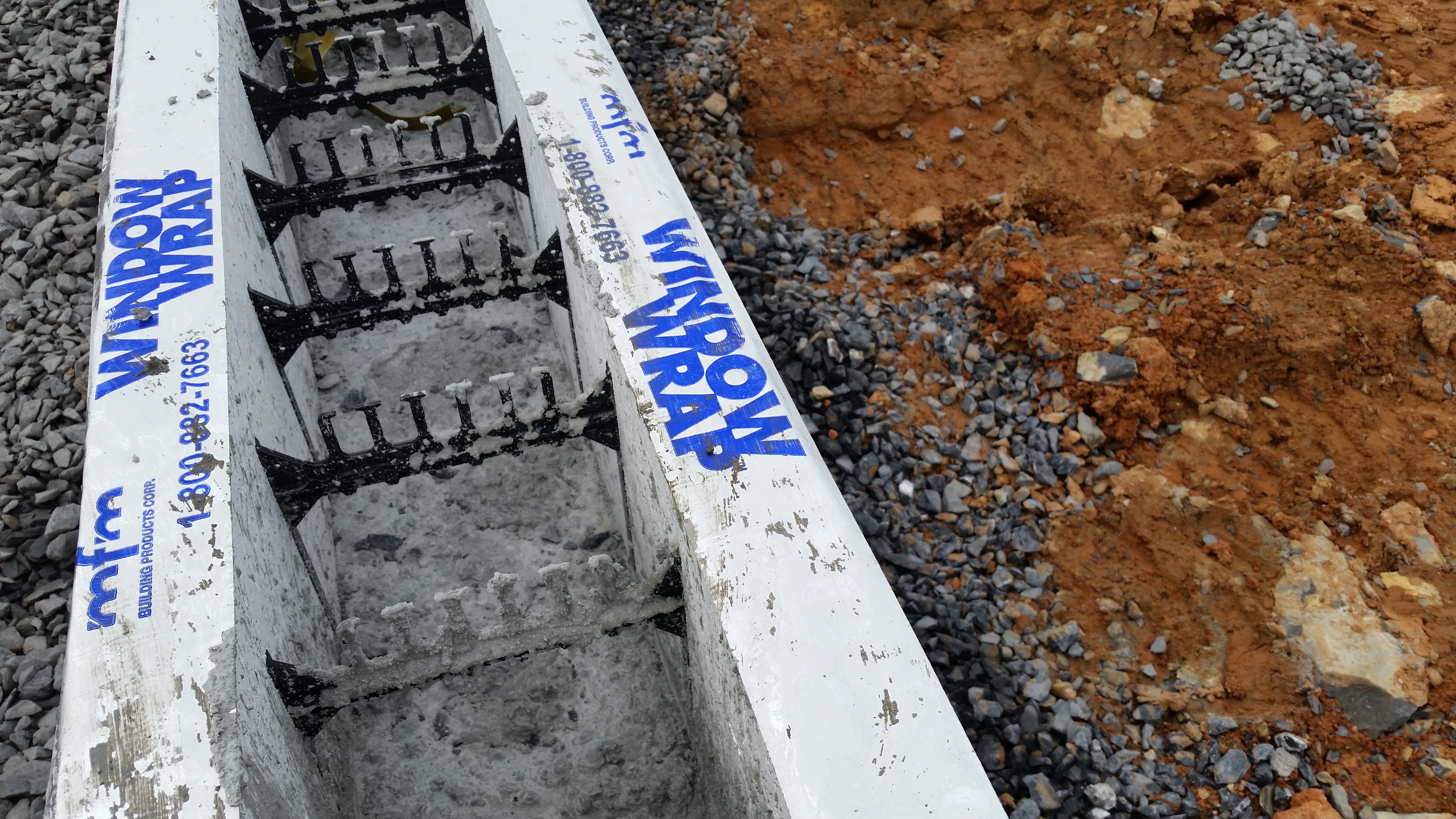
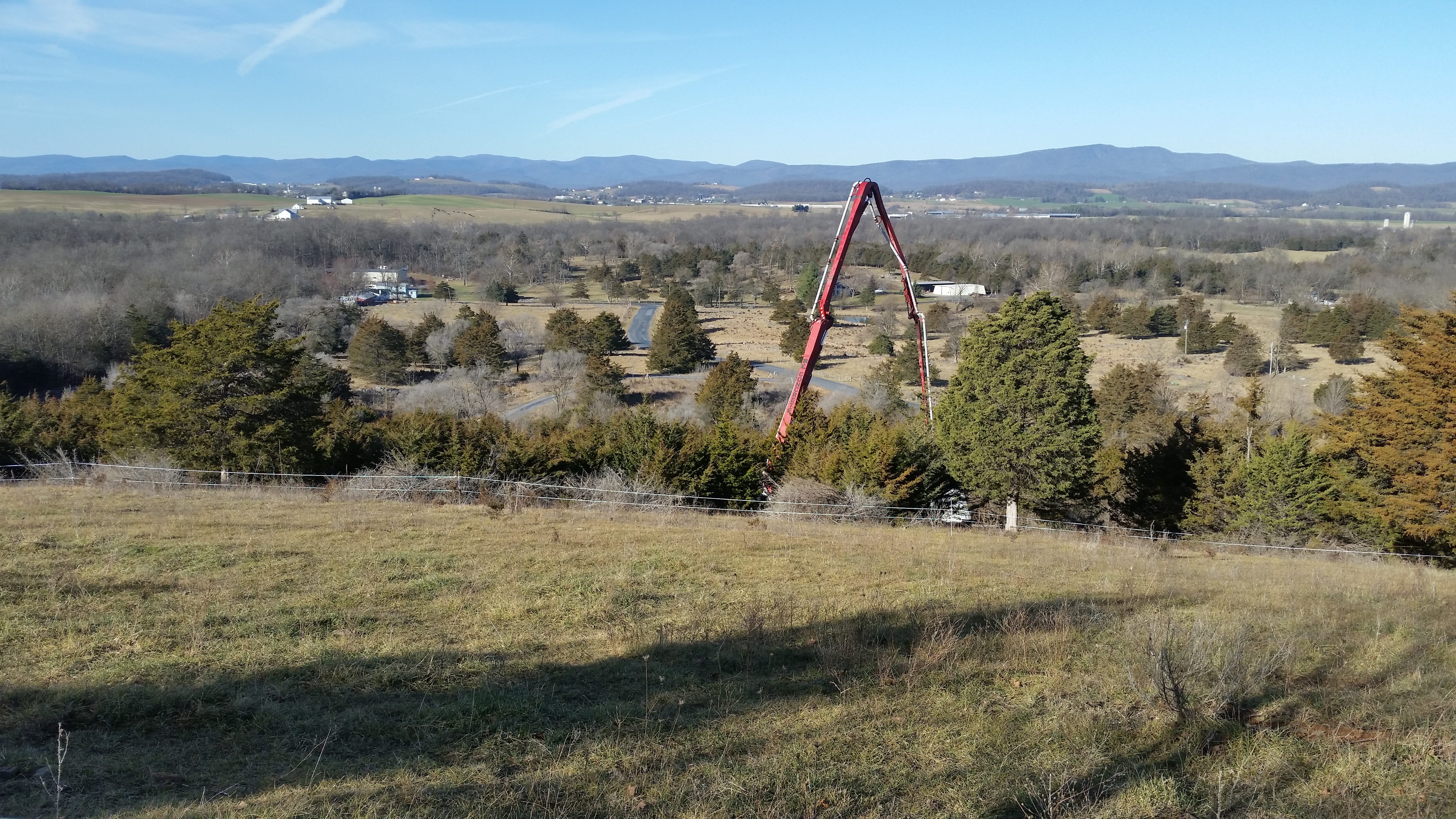
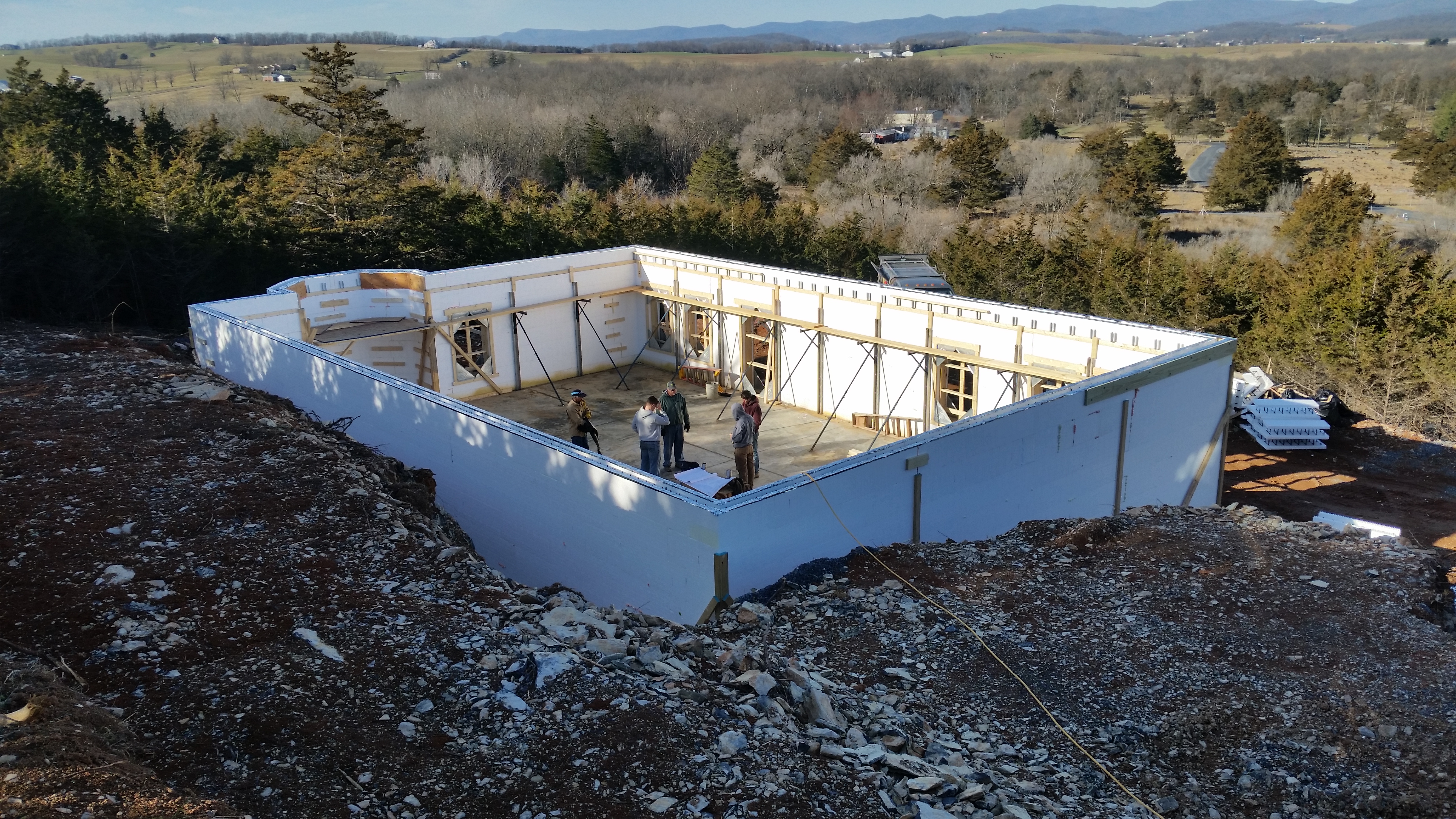
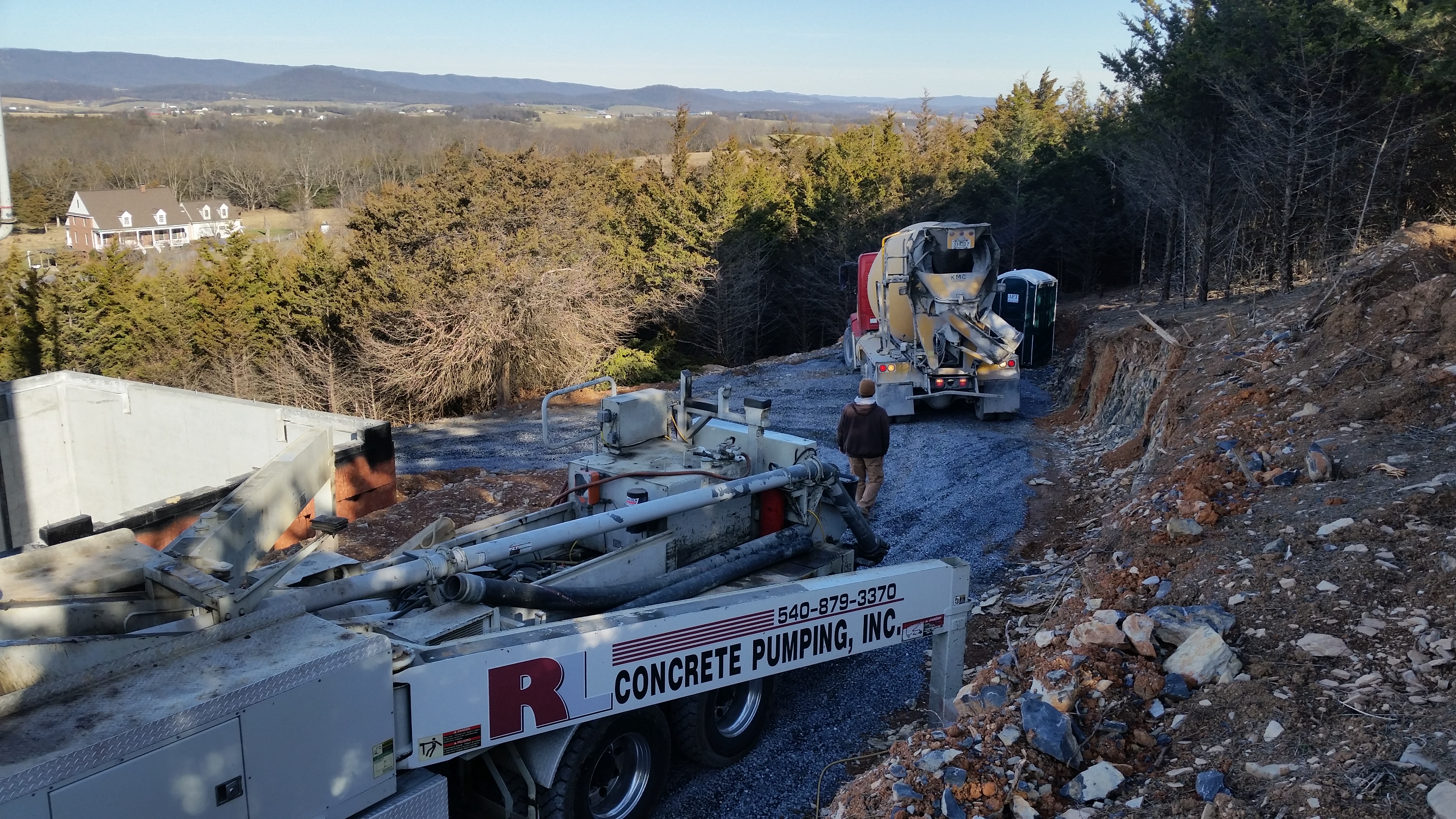
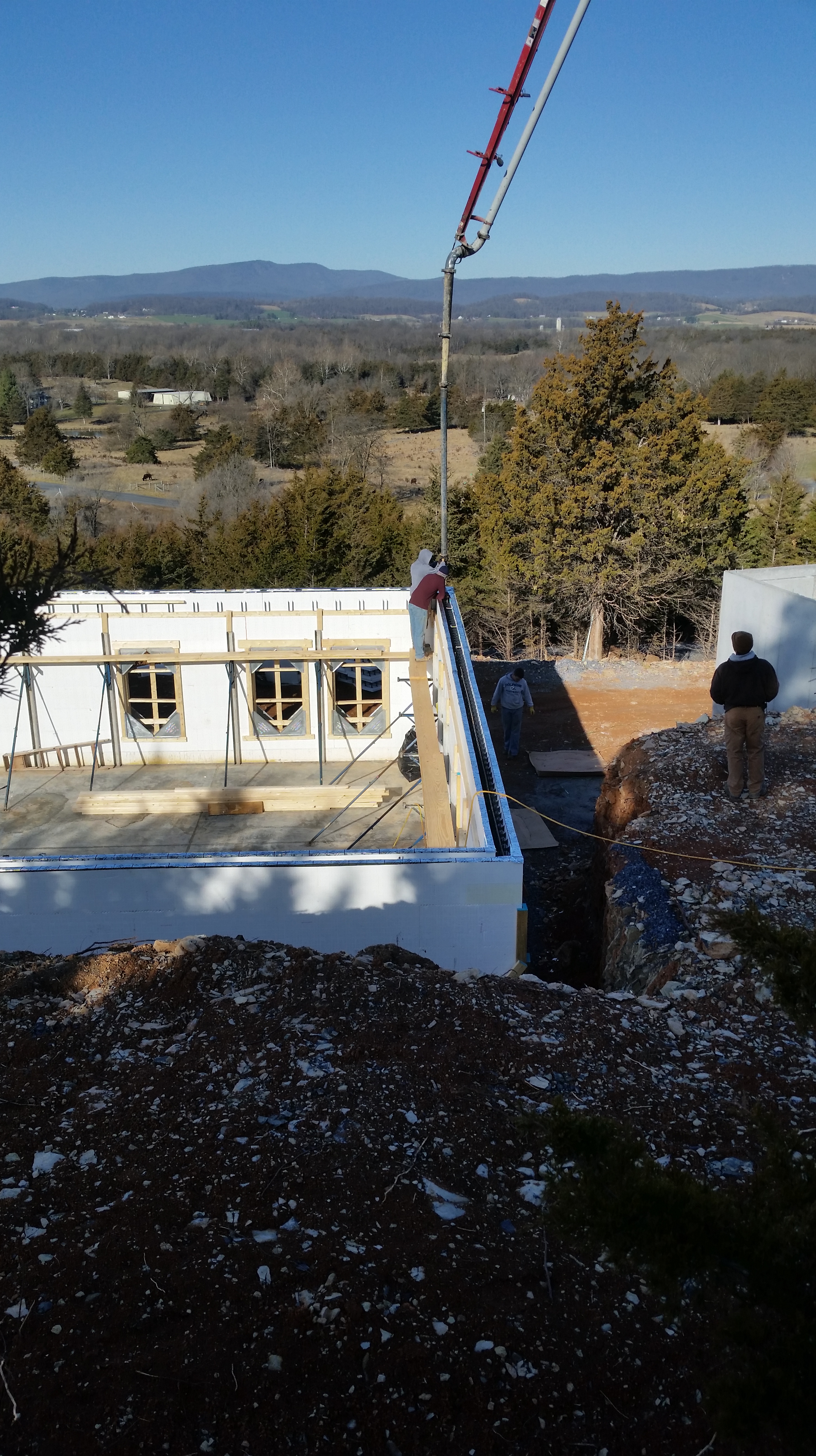
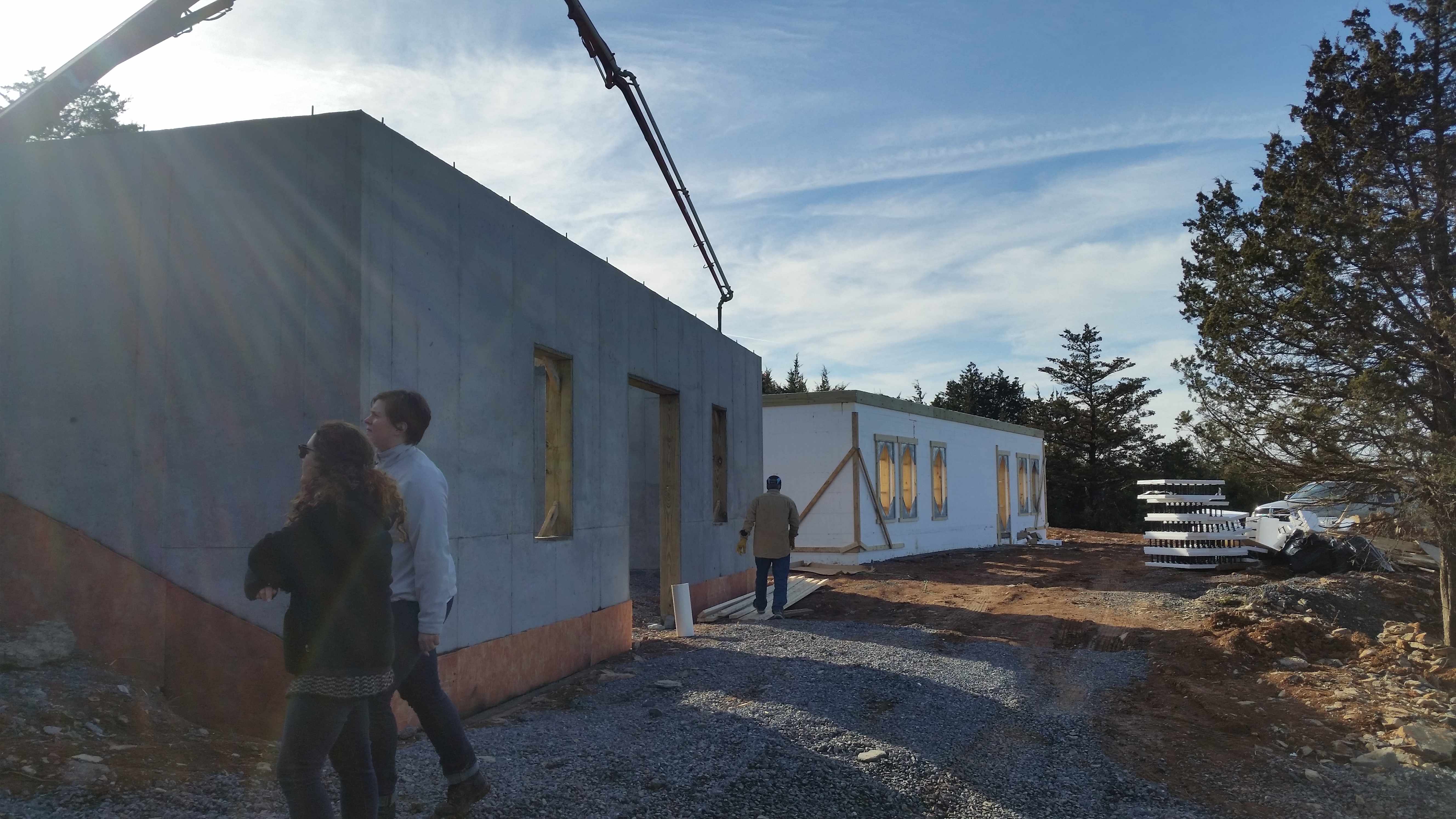 The steep site allowed for the garage to enter on the first floor level making the entire house accessible if that is ever a concern in the future.
The steep site allowed for the garage to enter on the first floor level making the entire house accessible if that is ever a concern in the future.